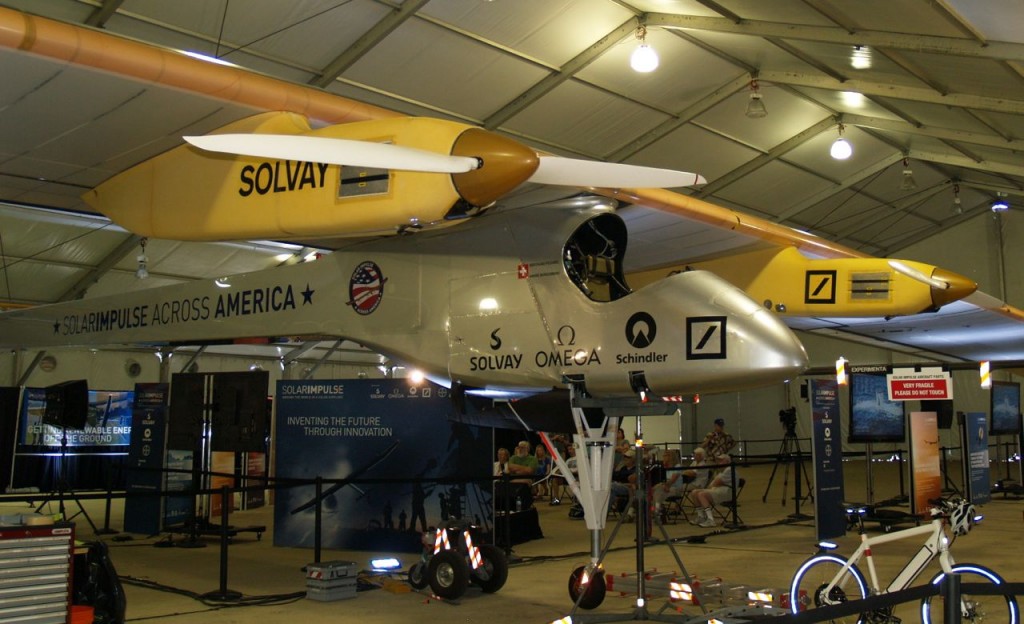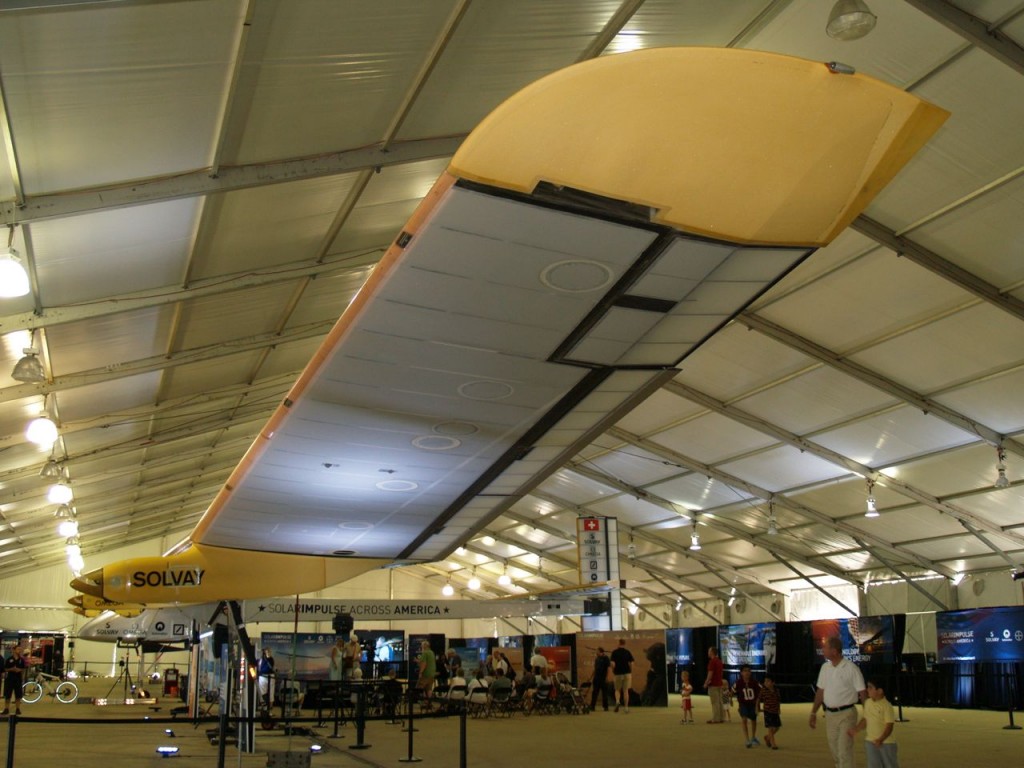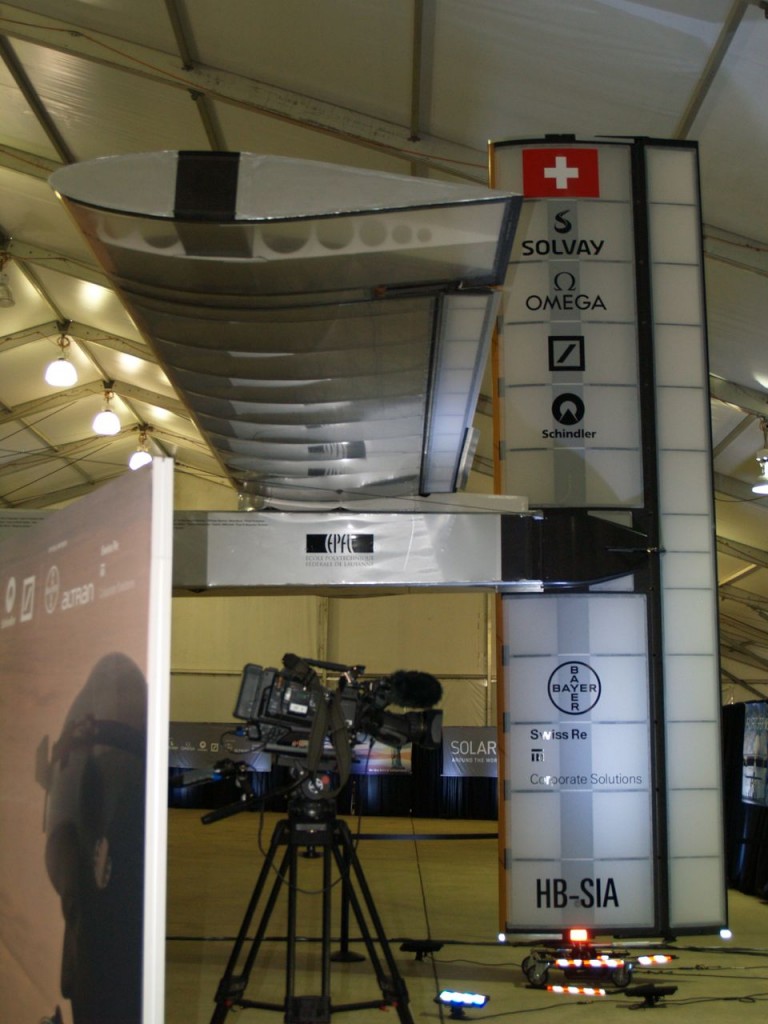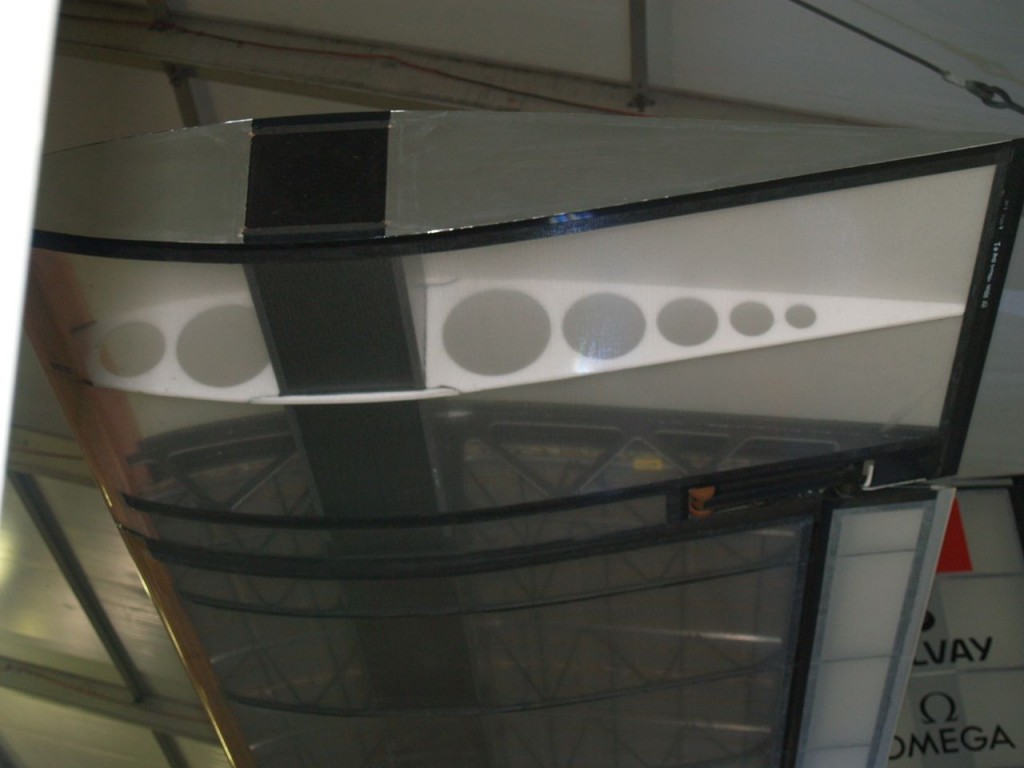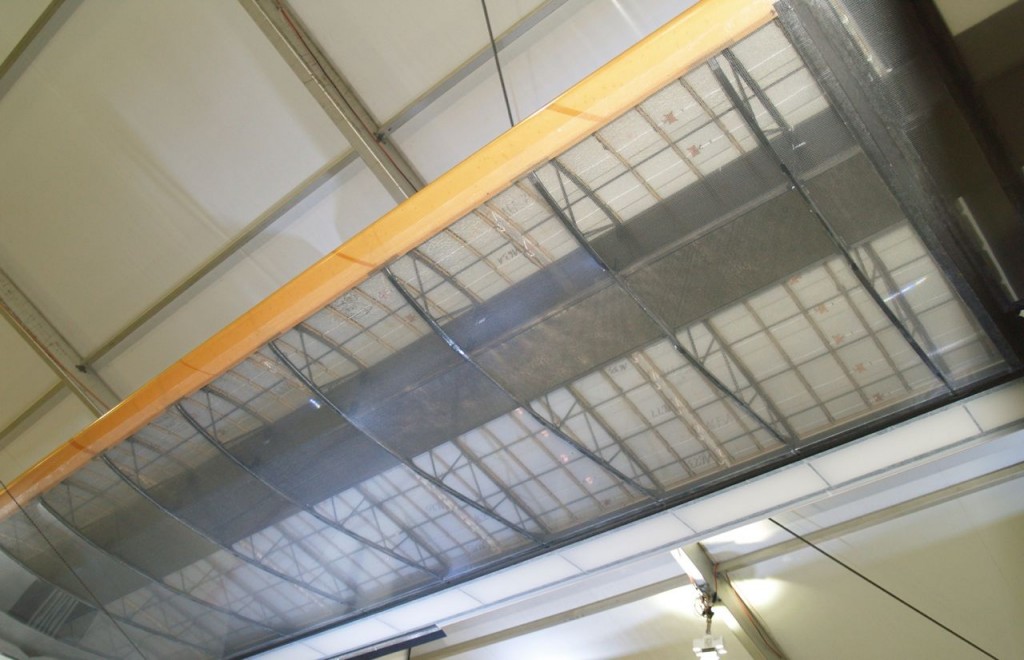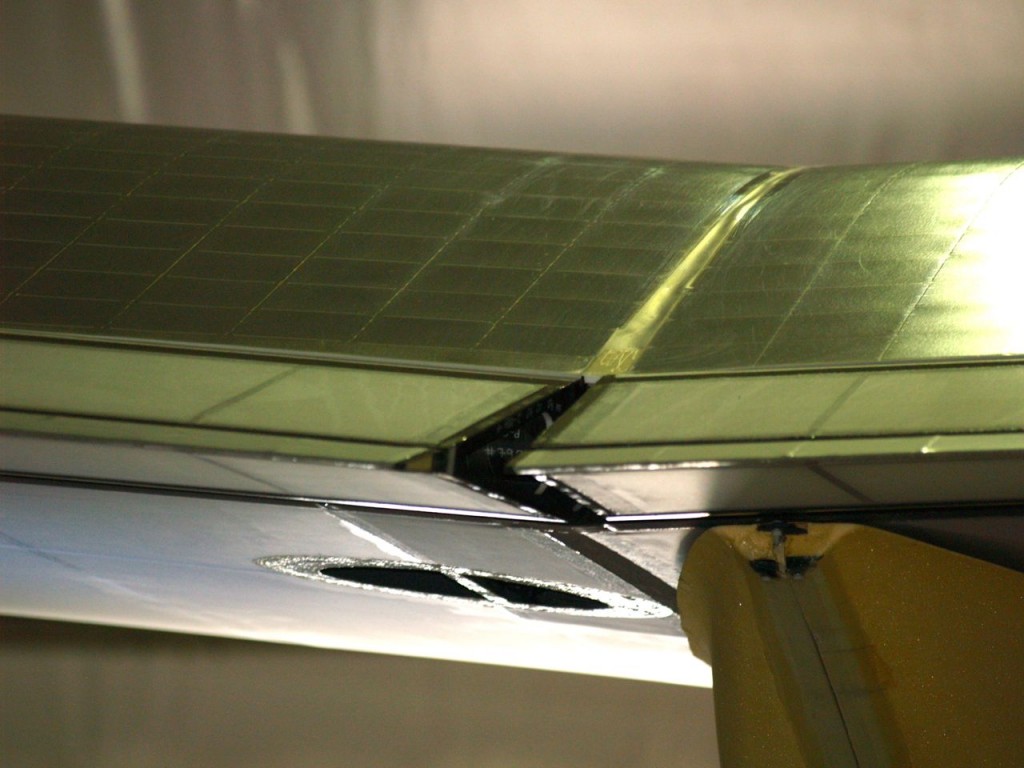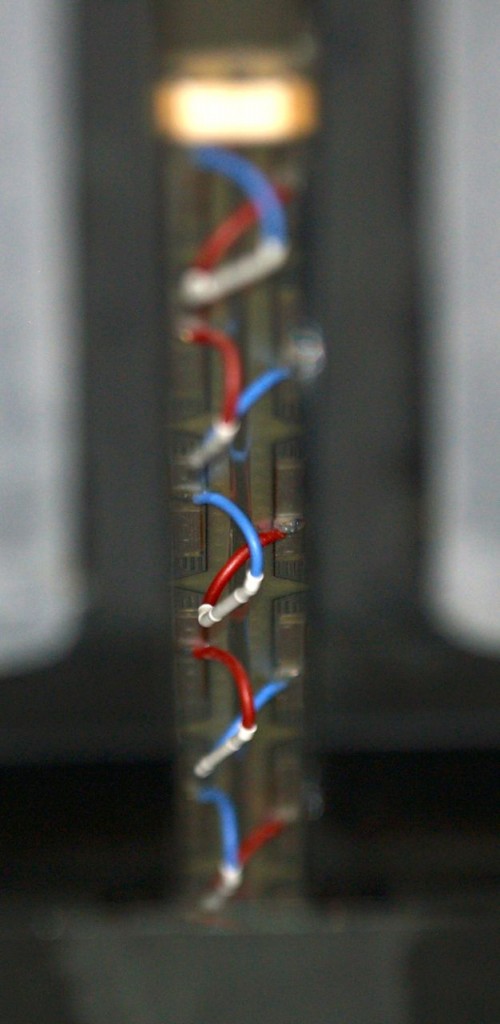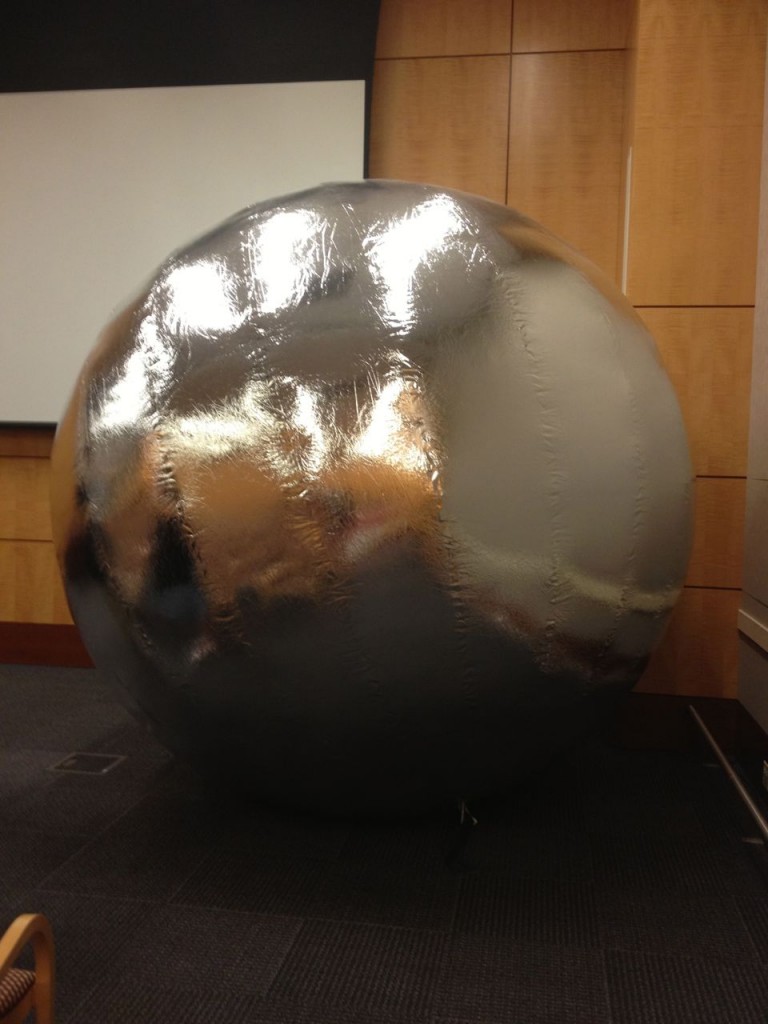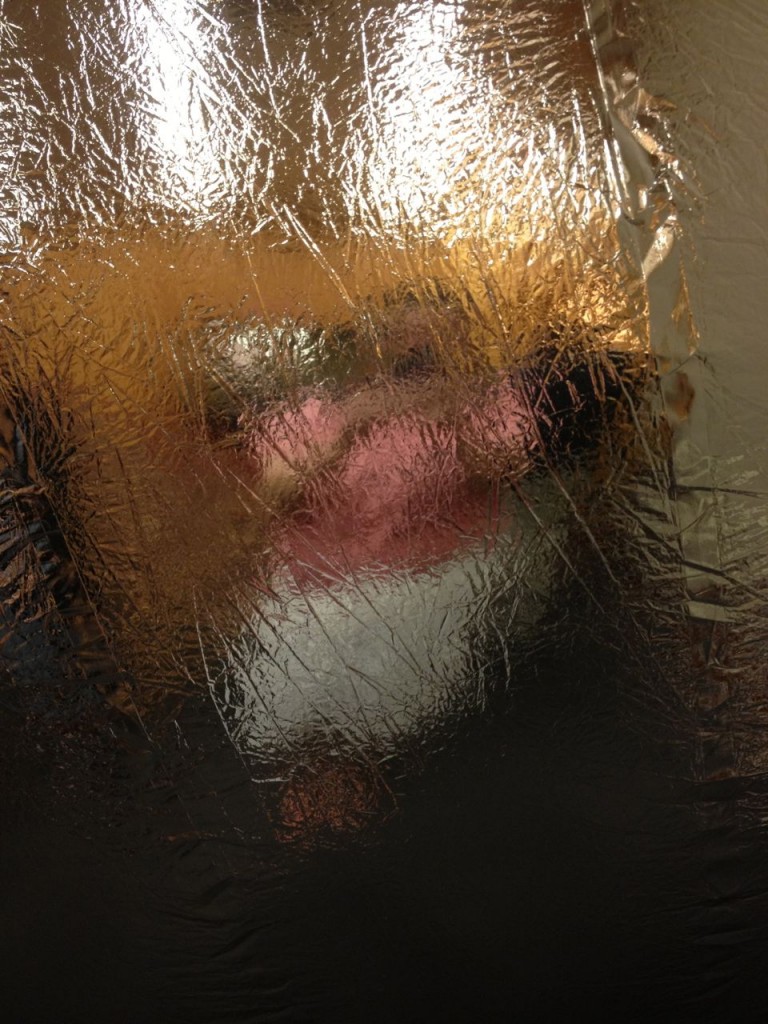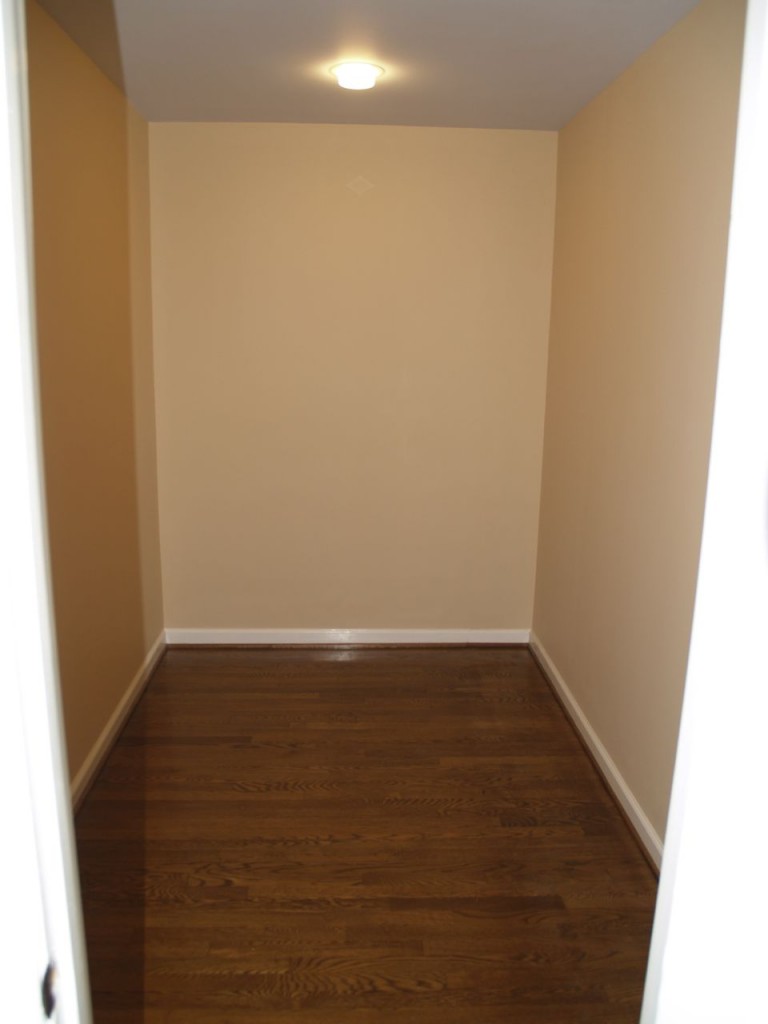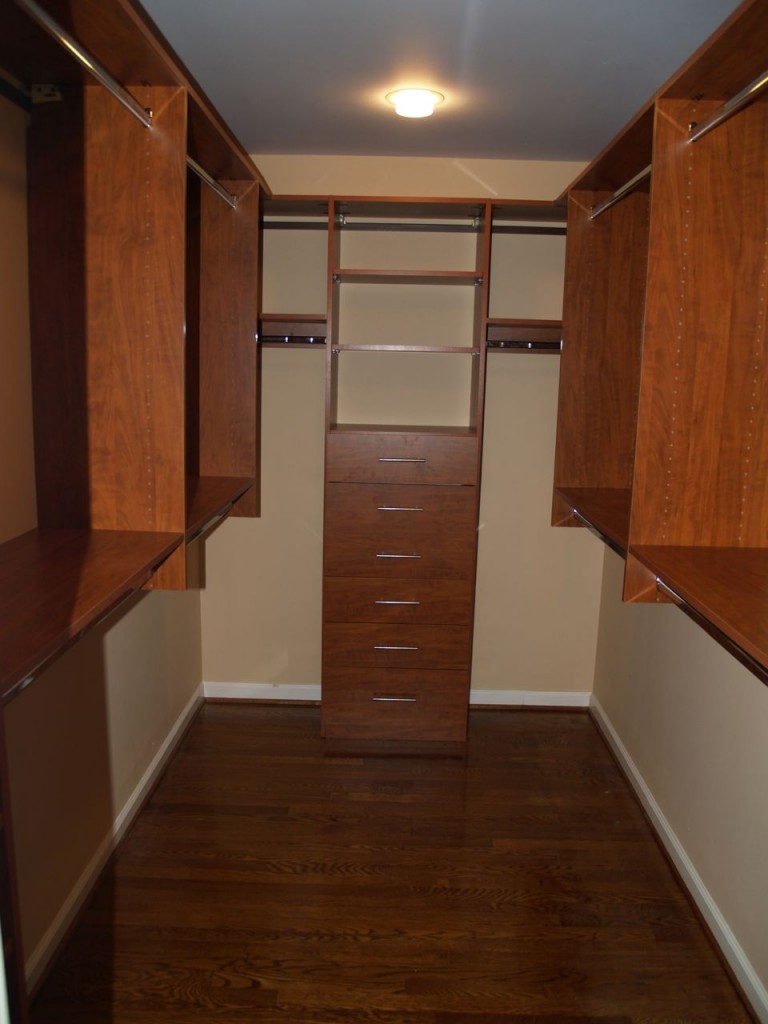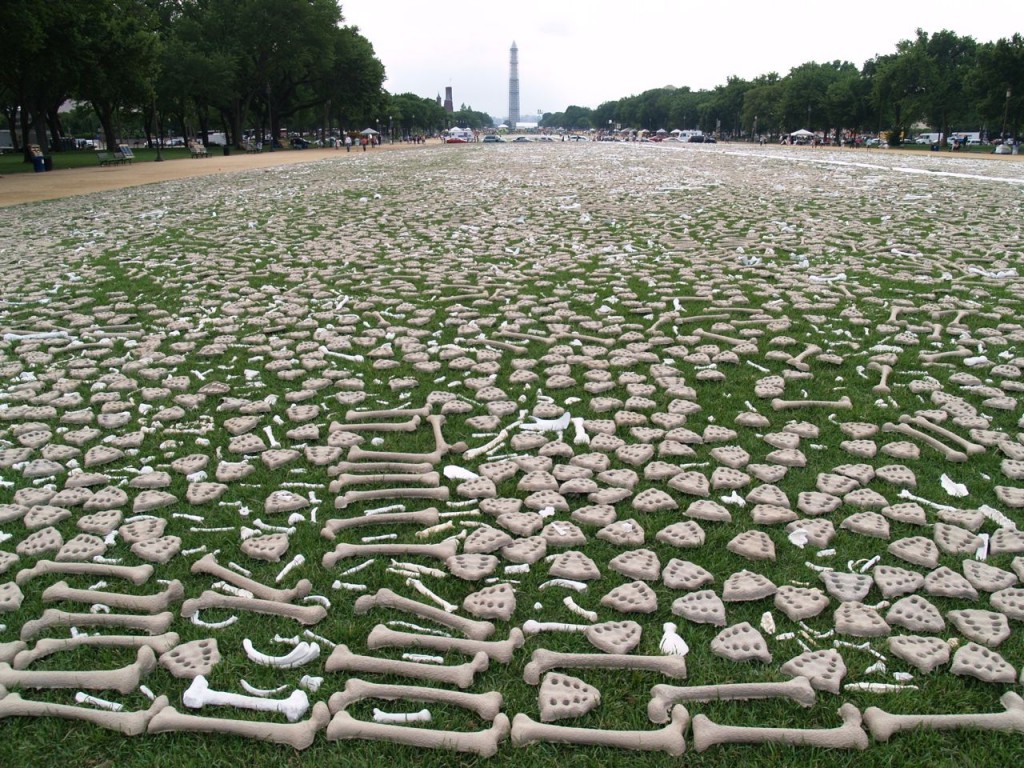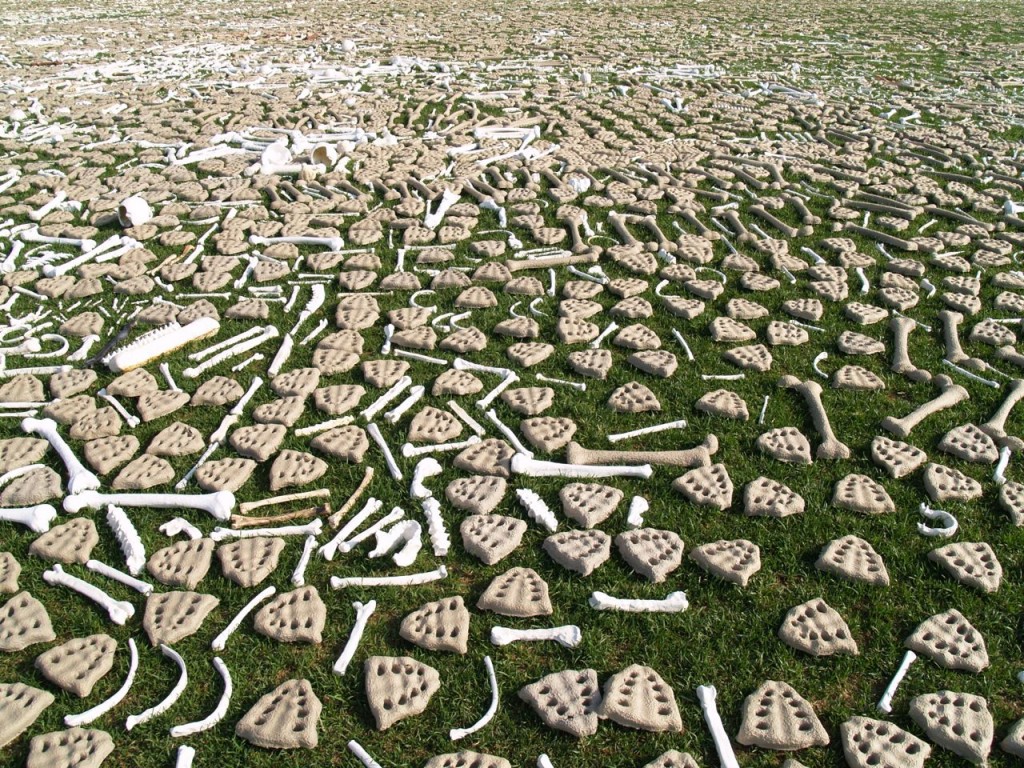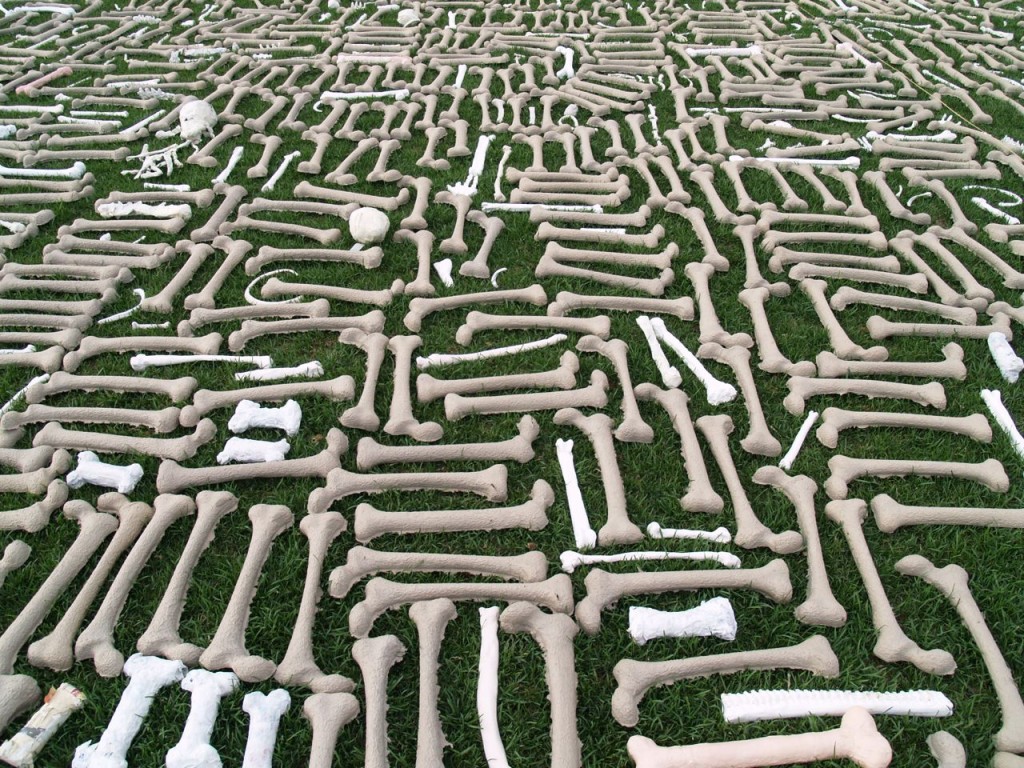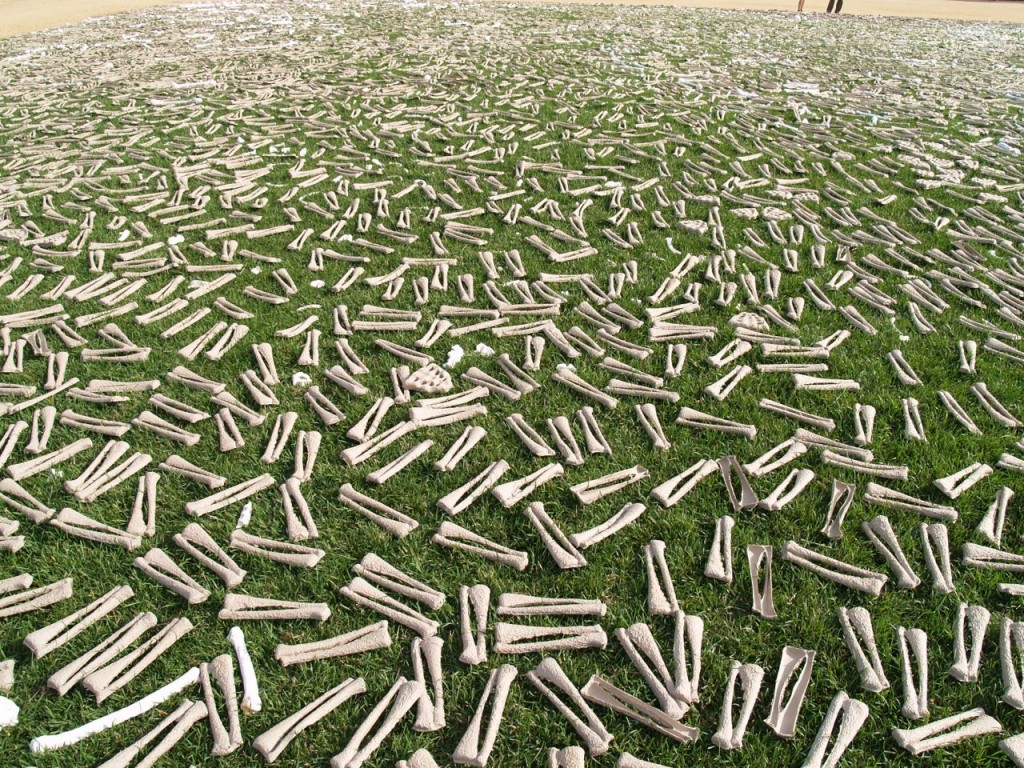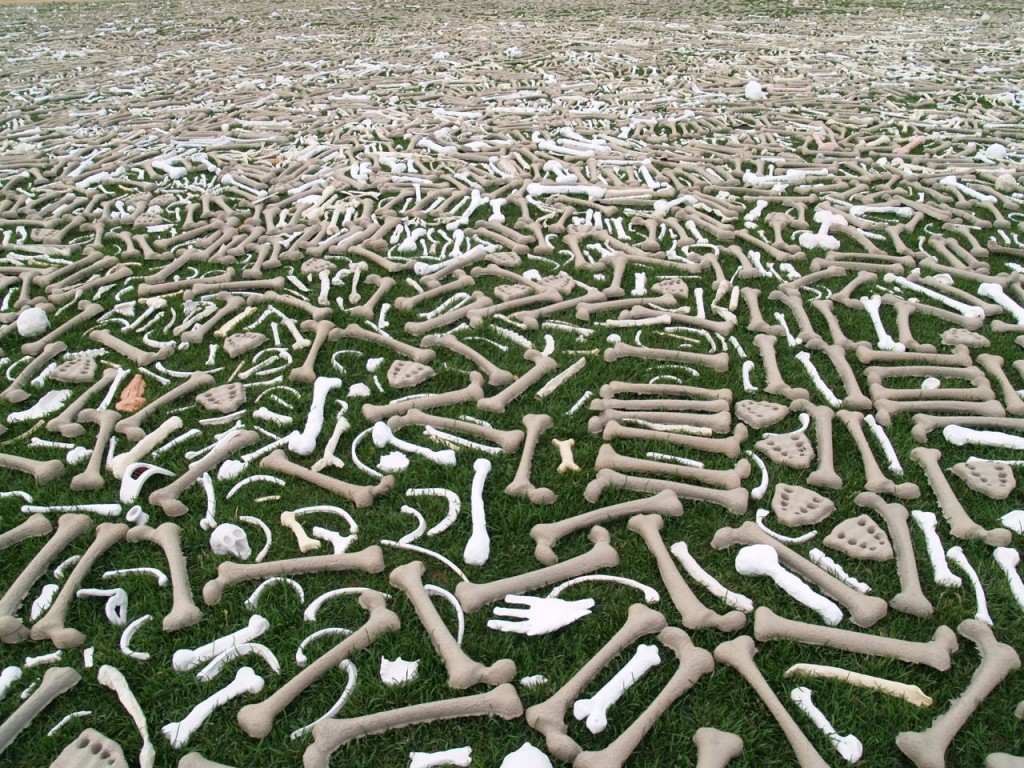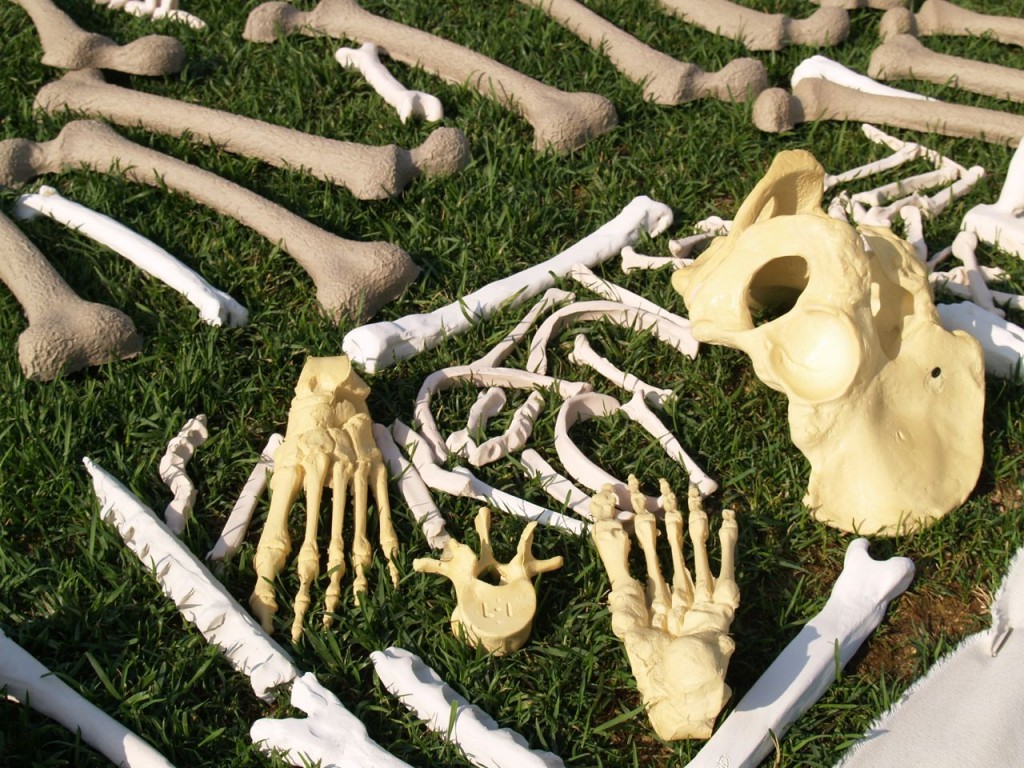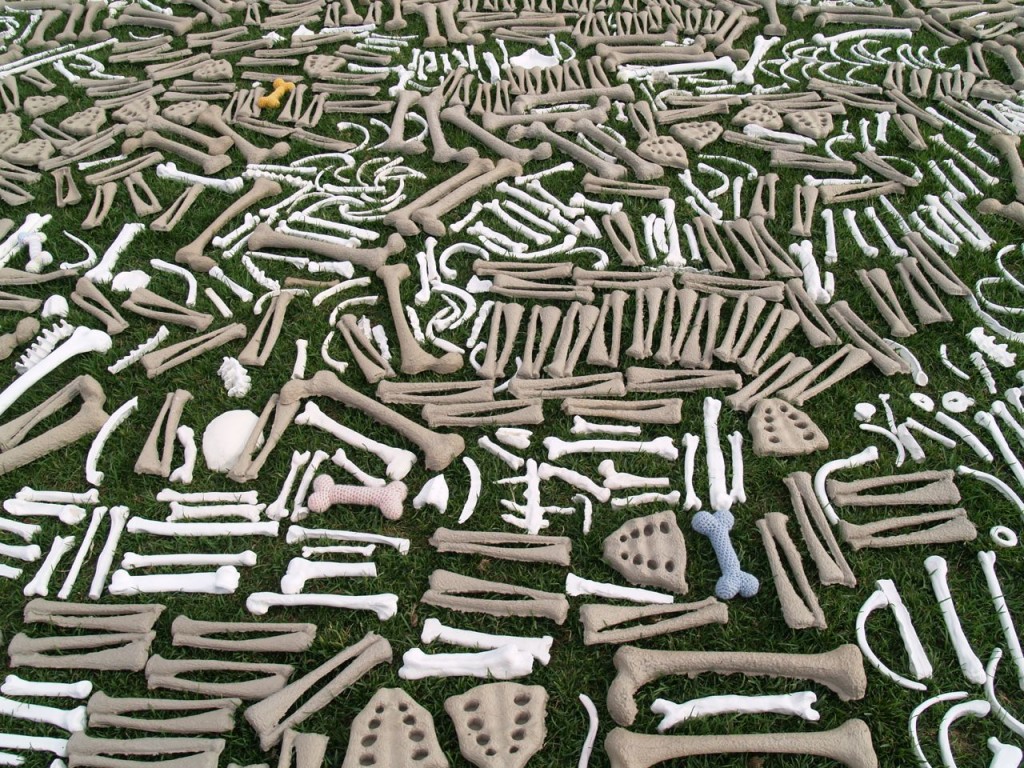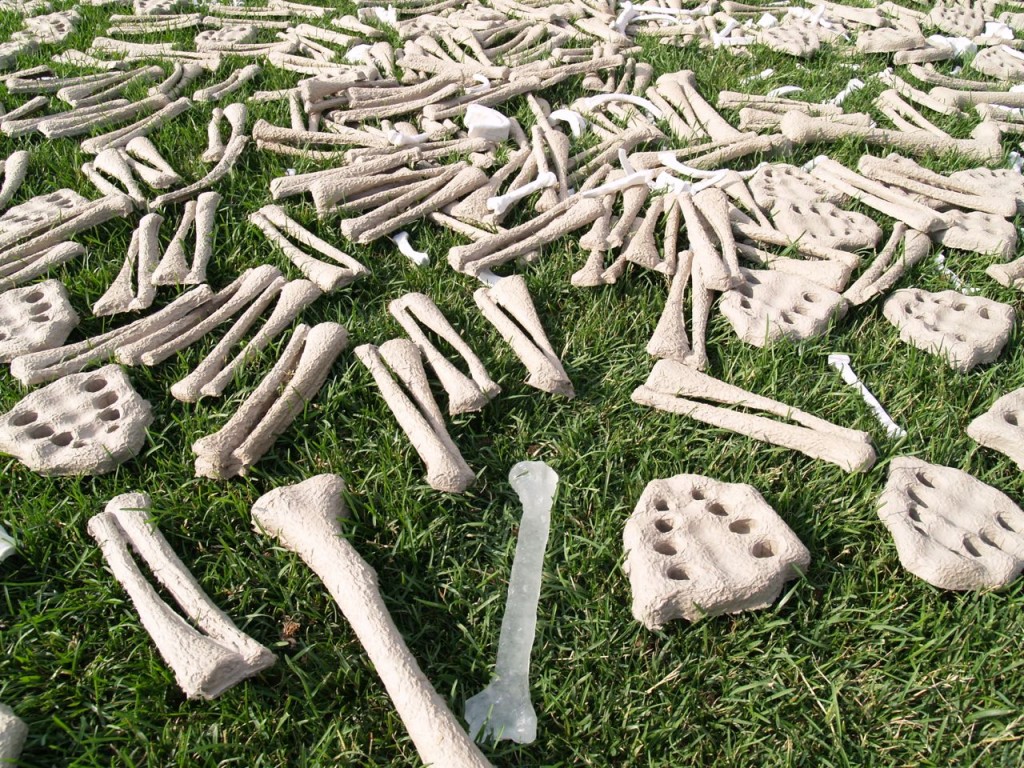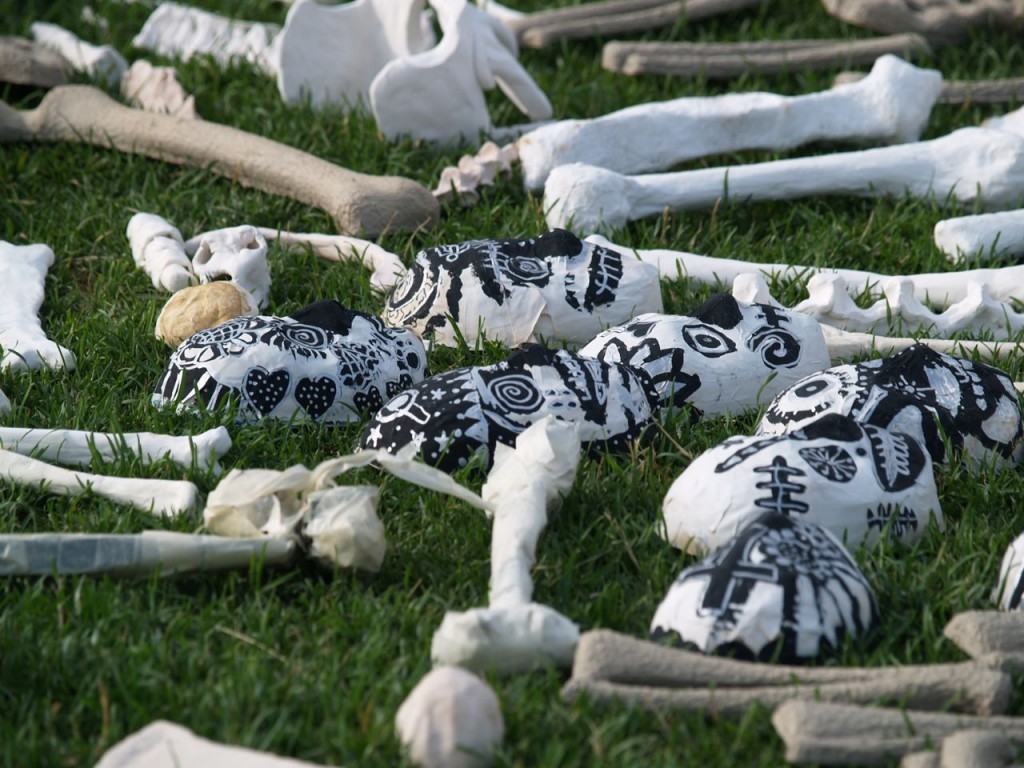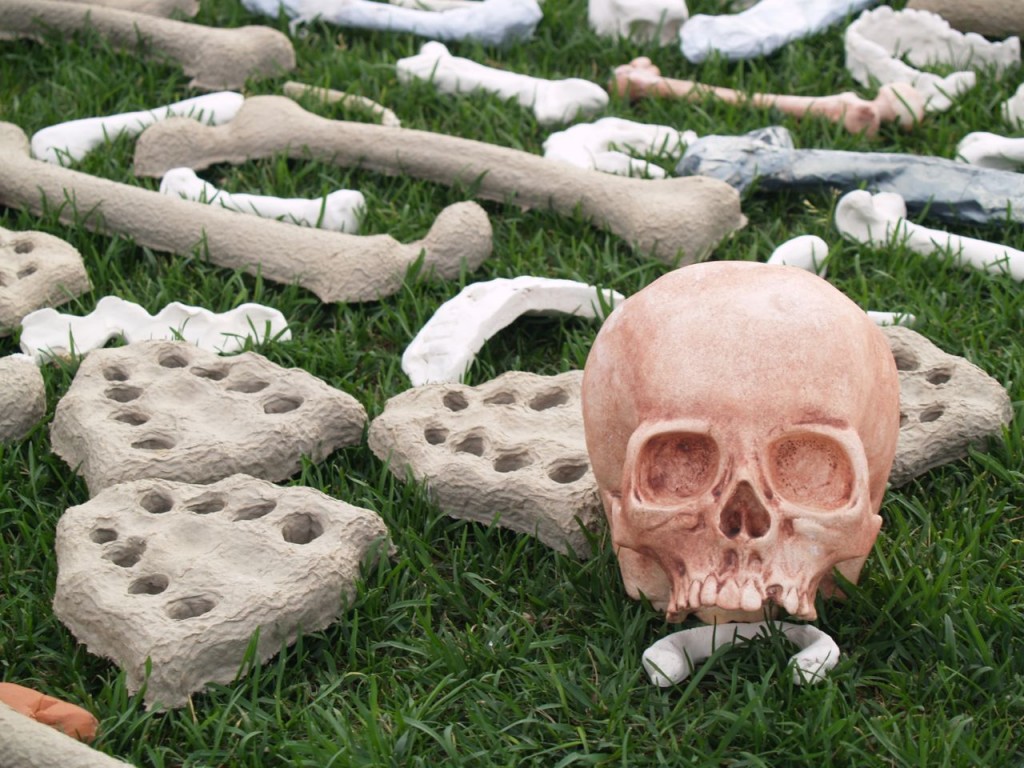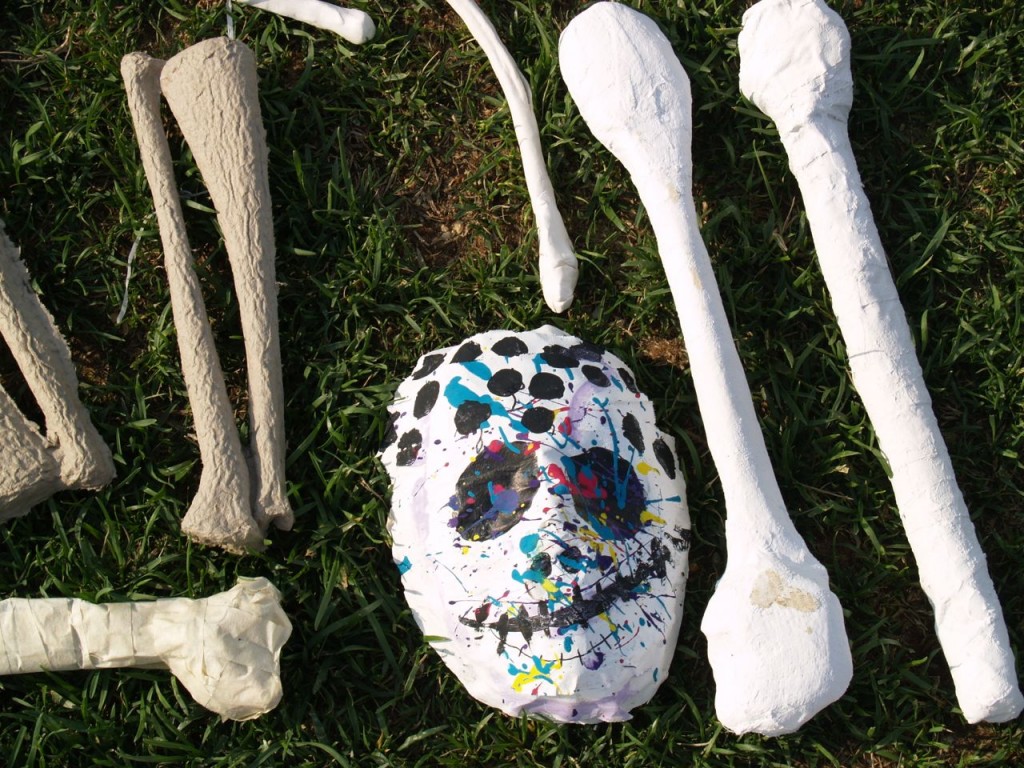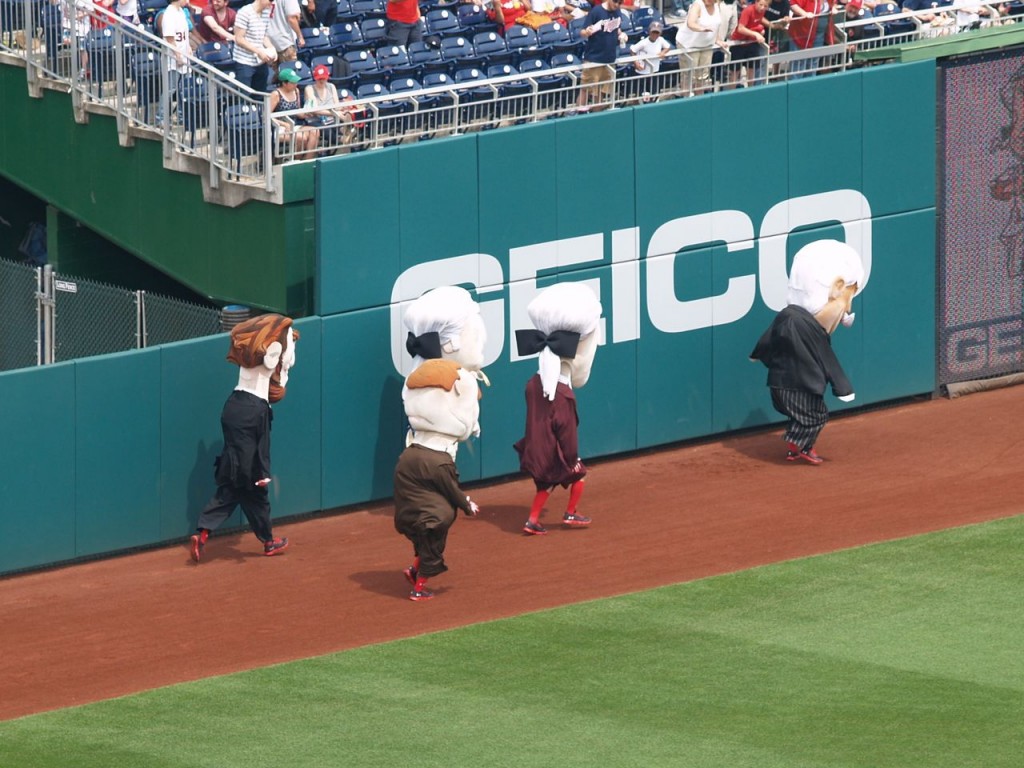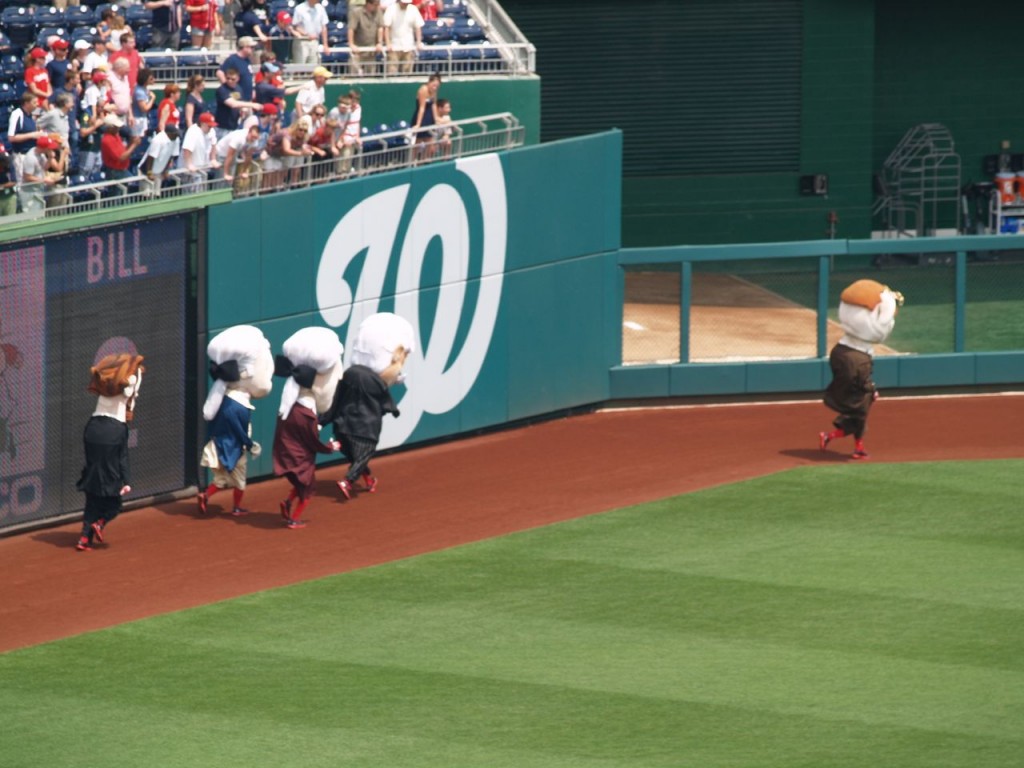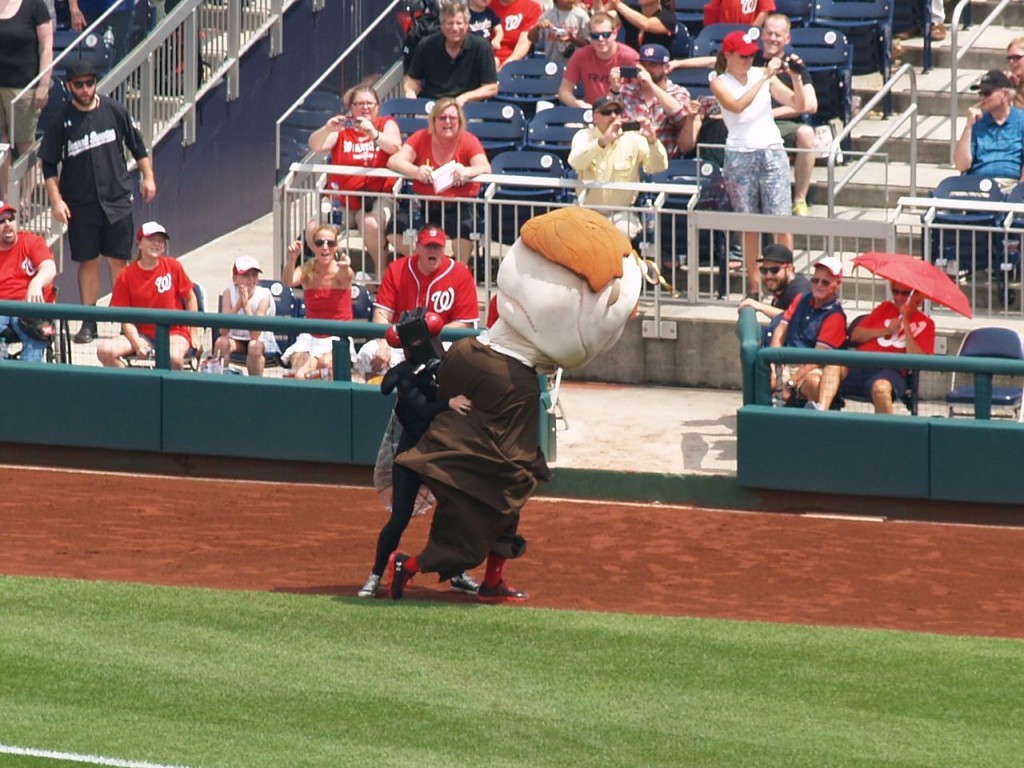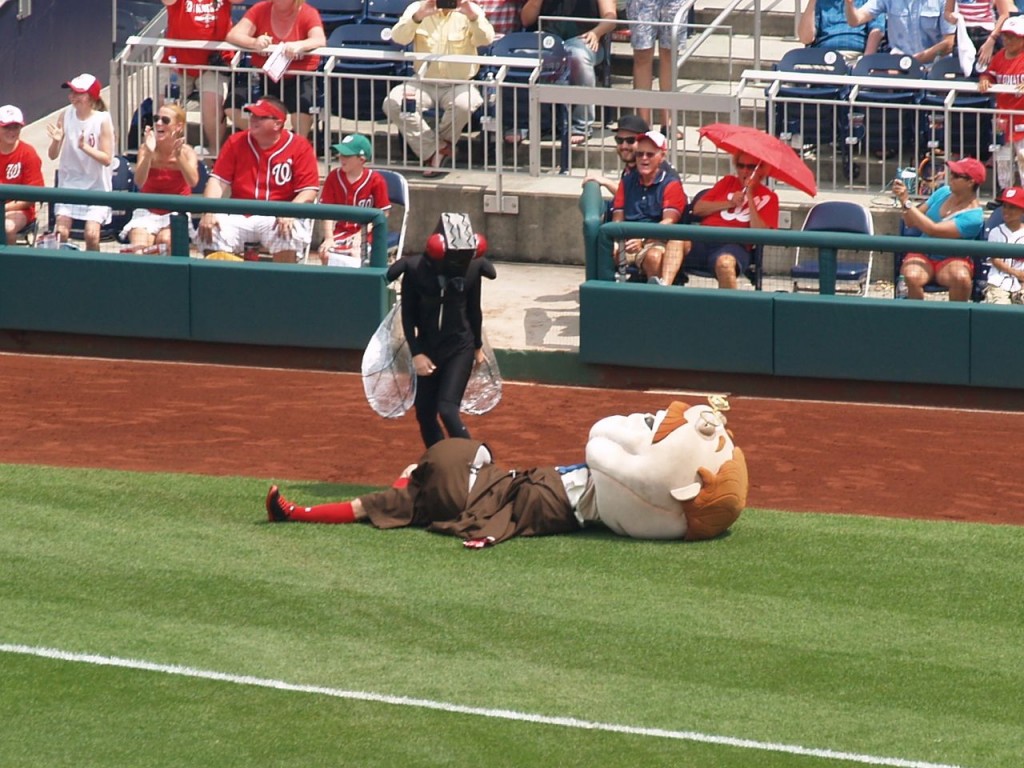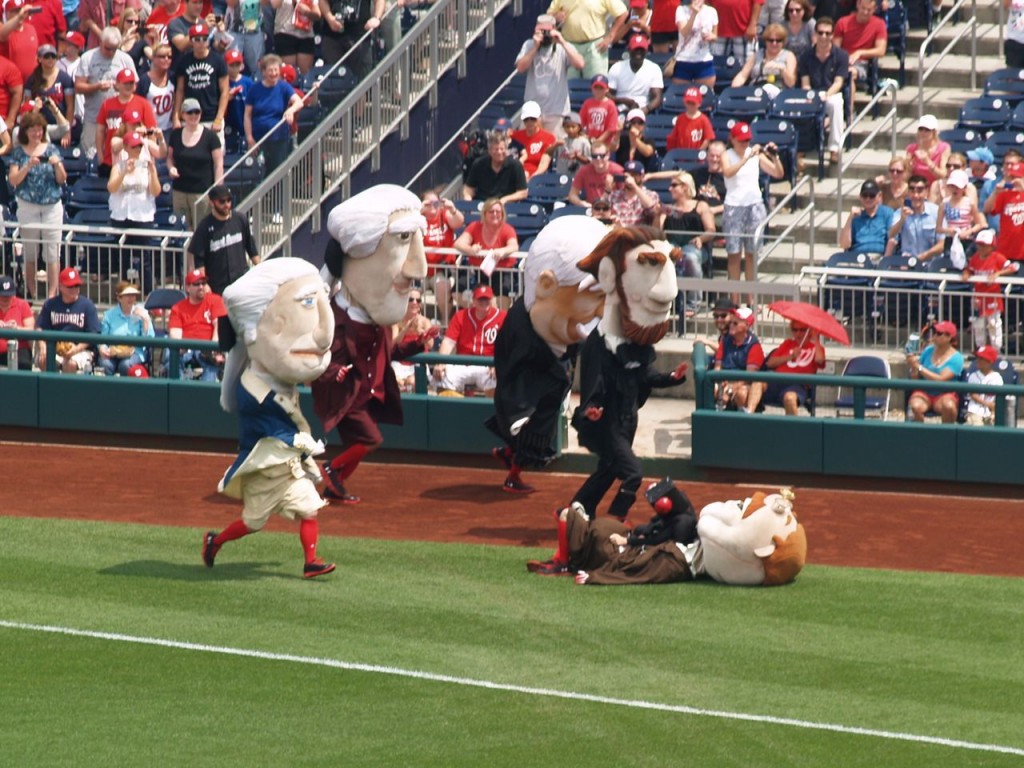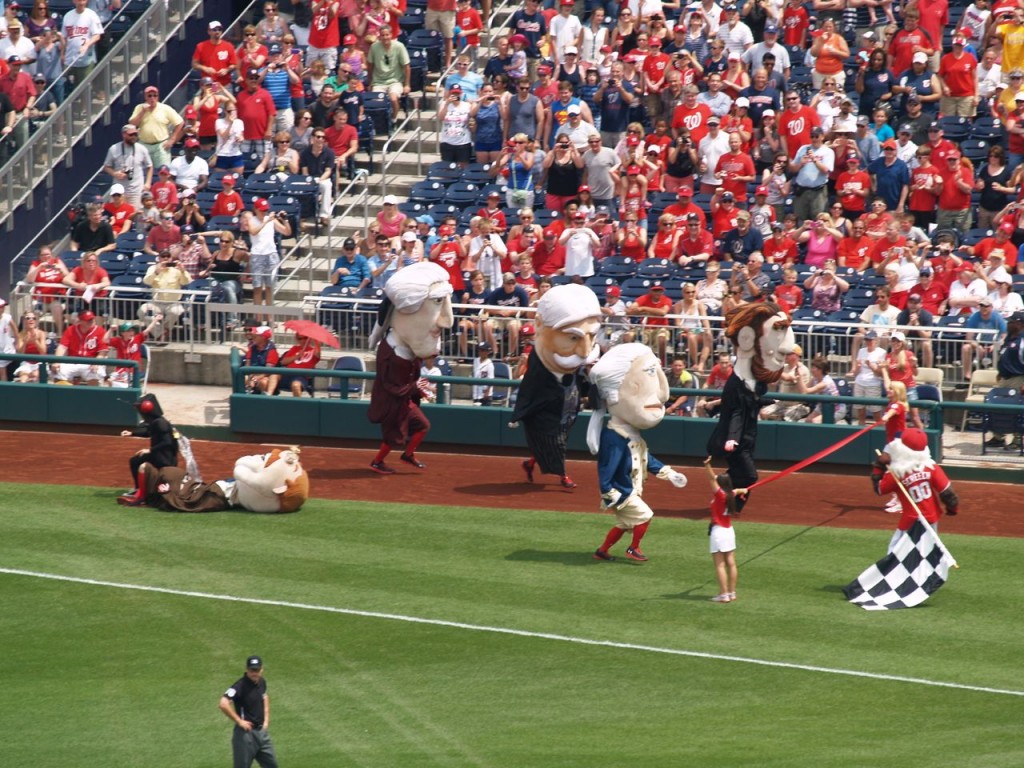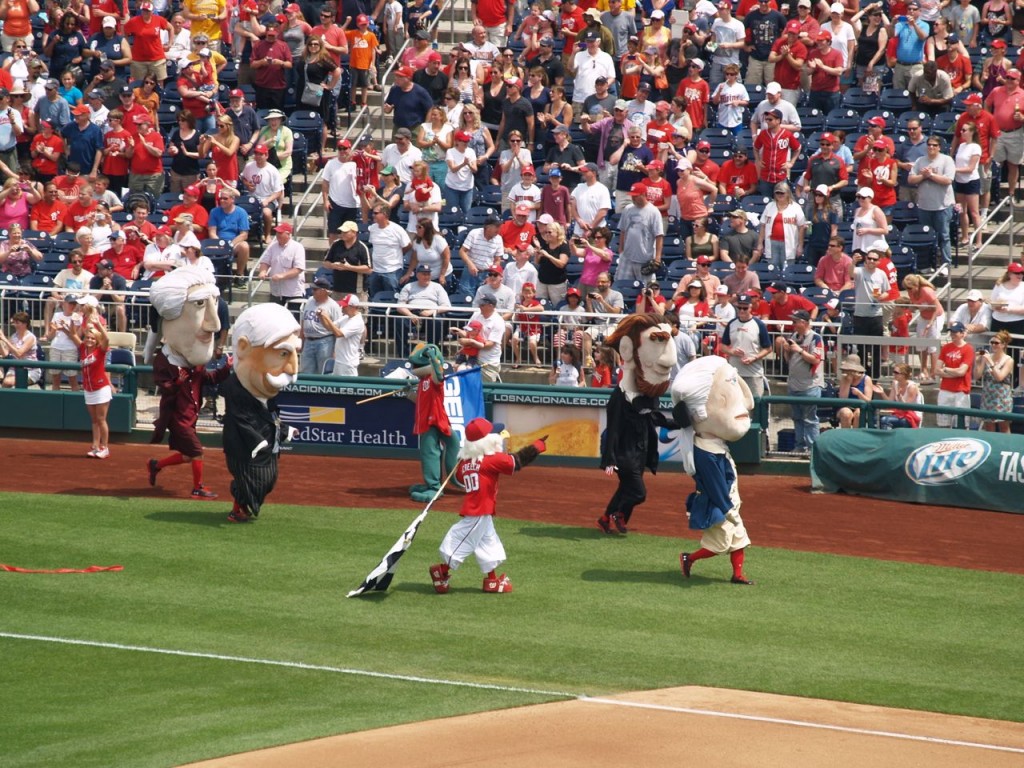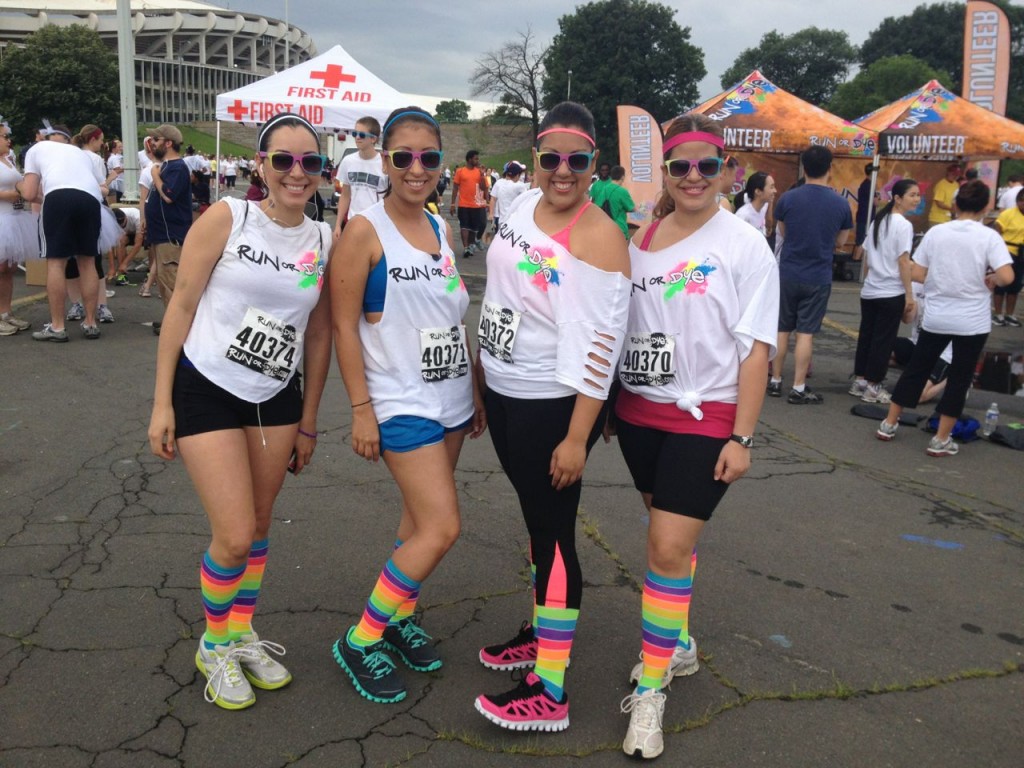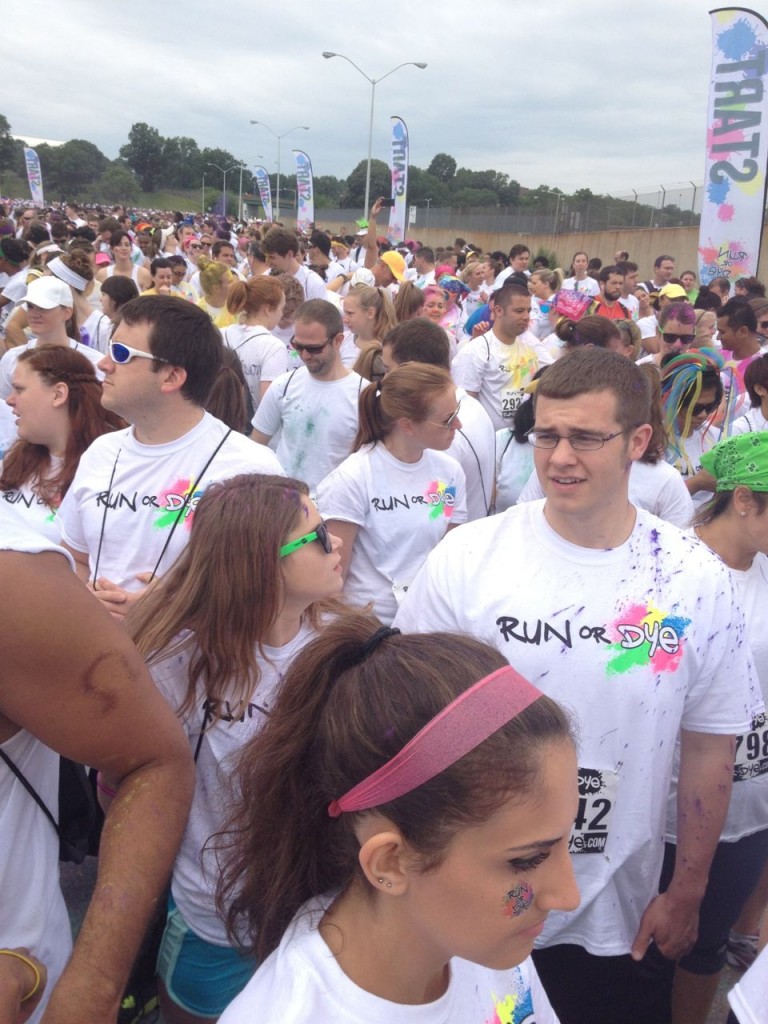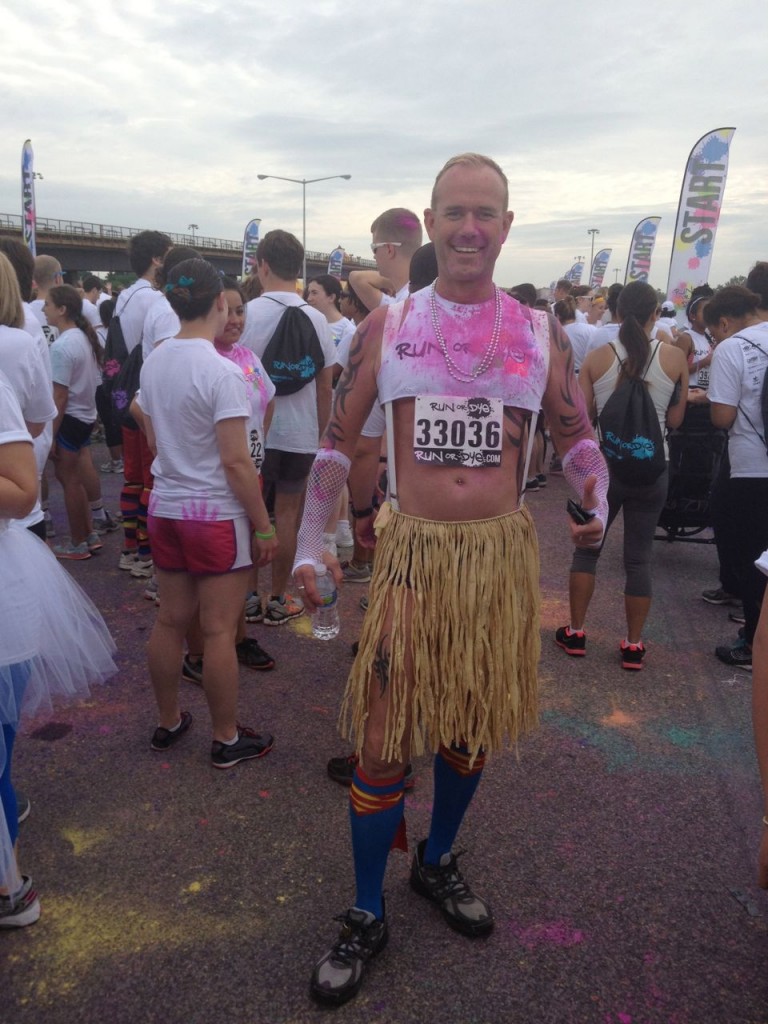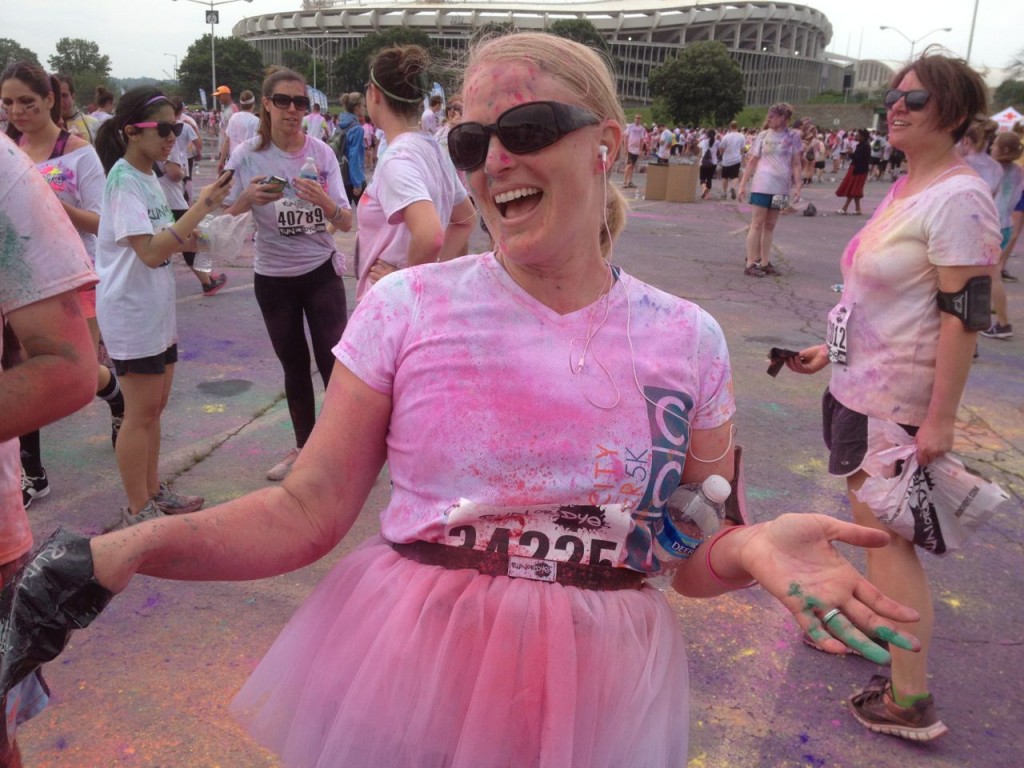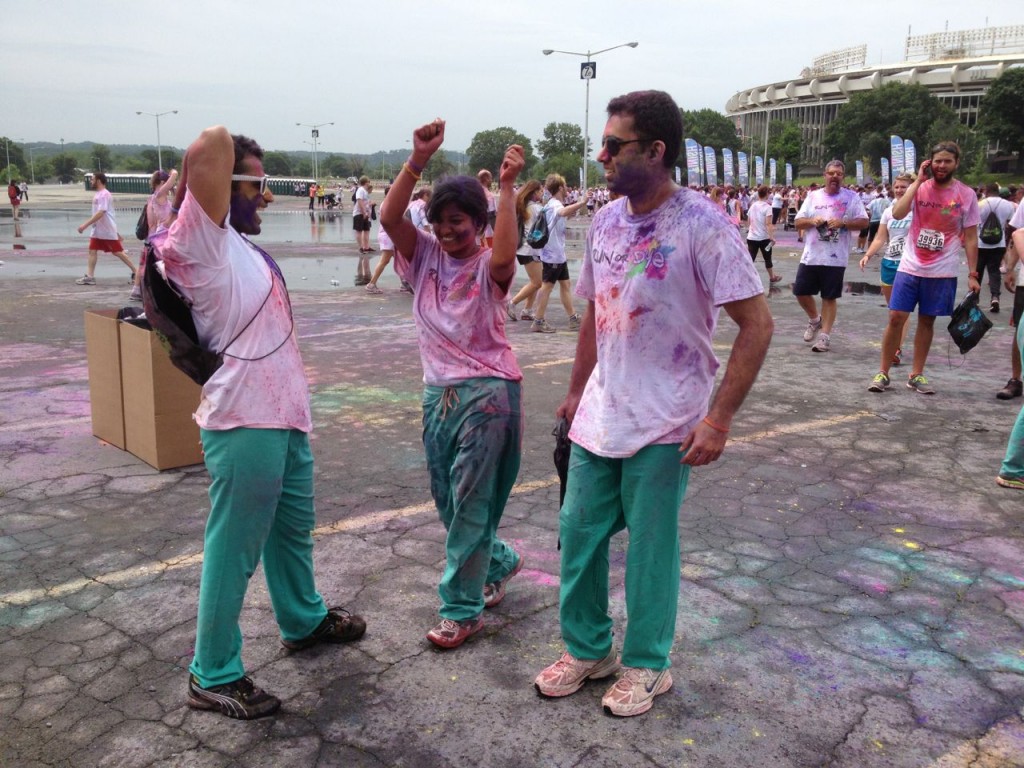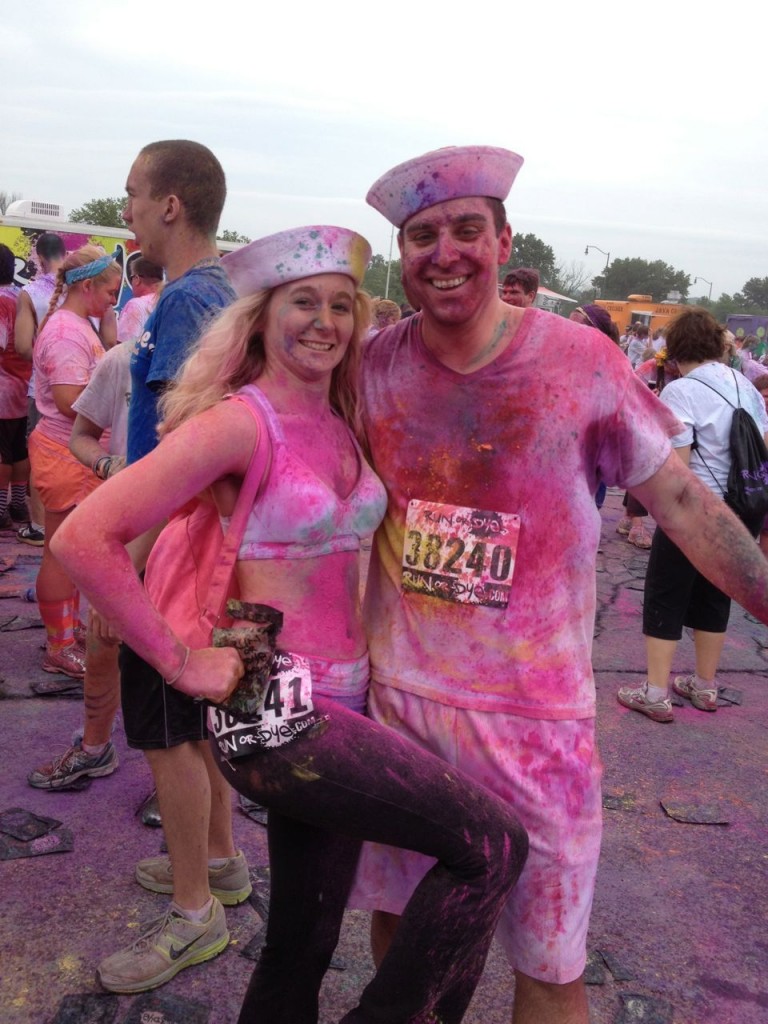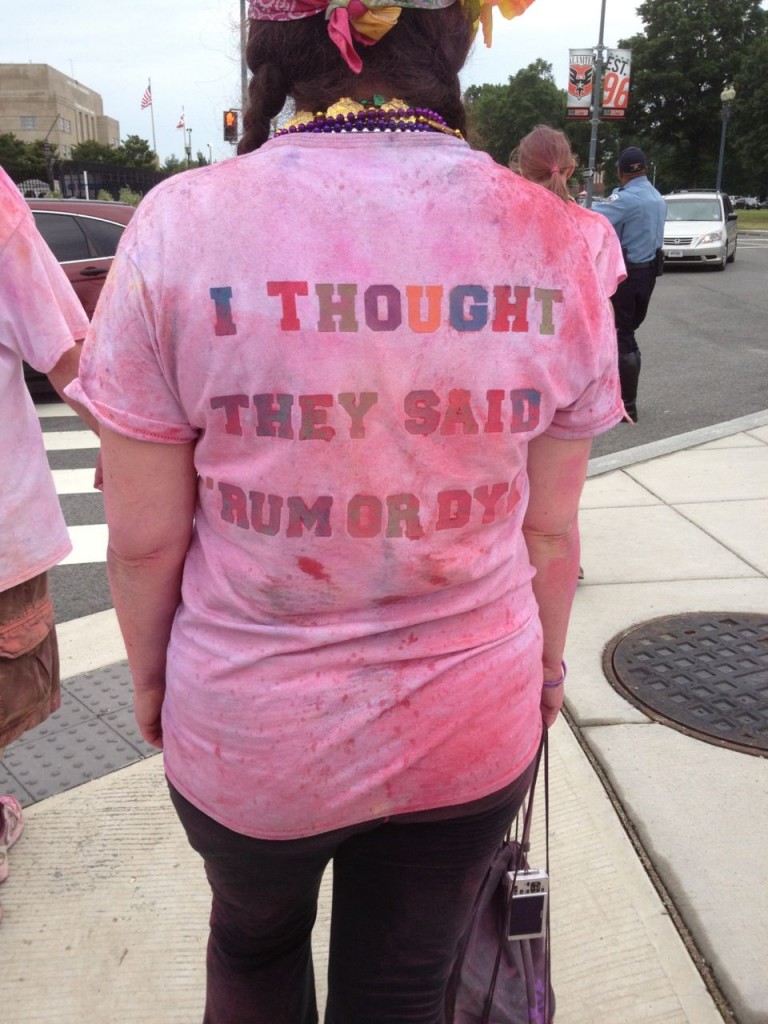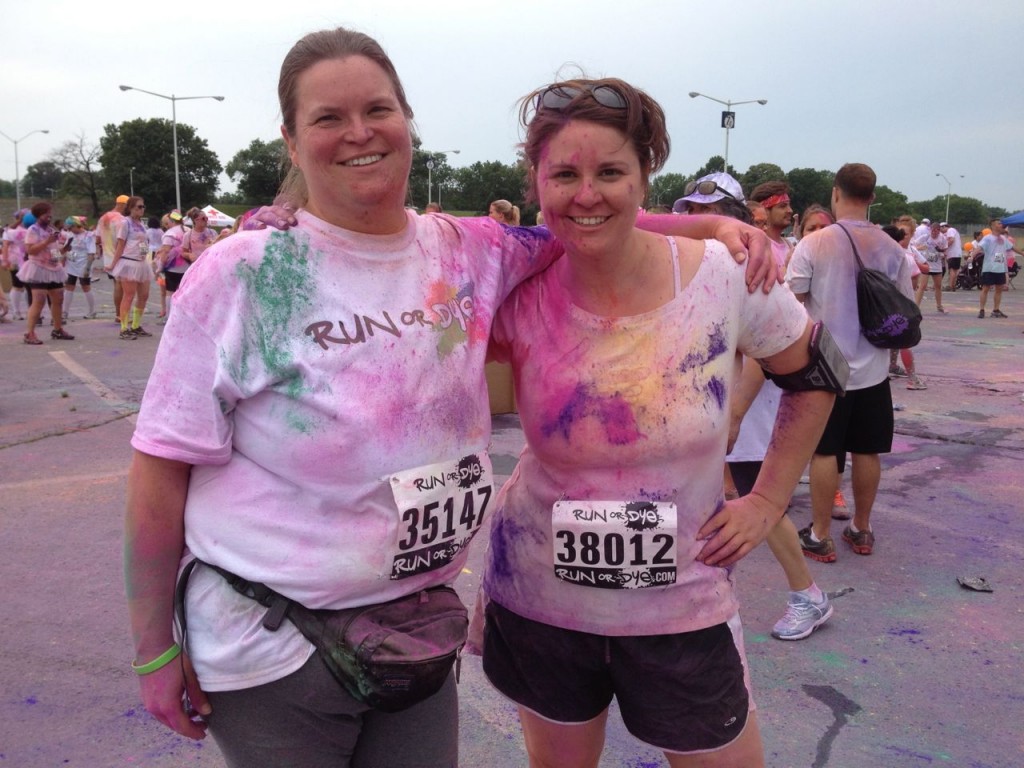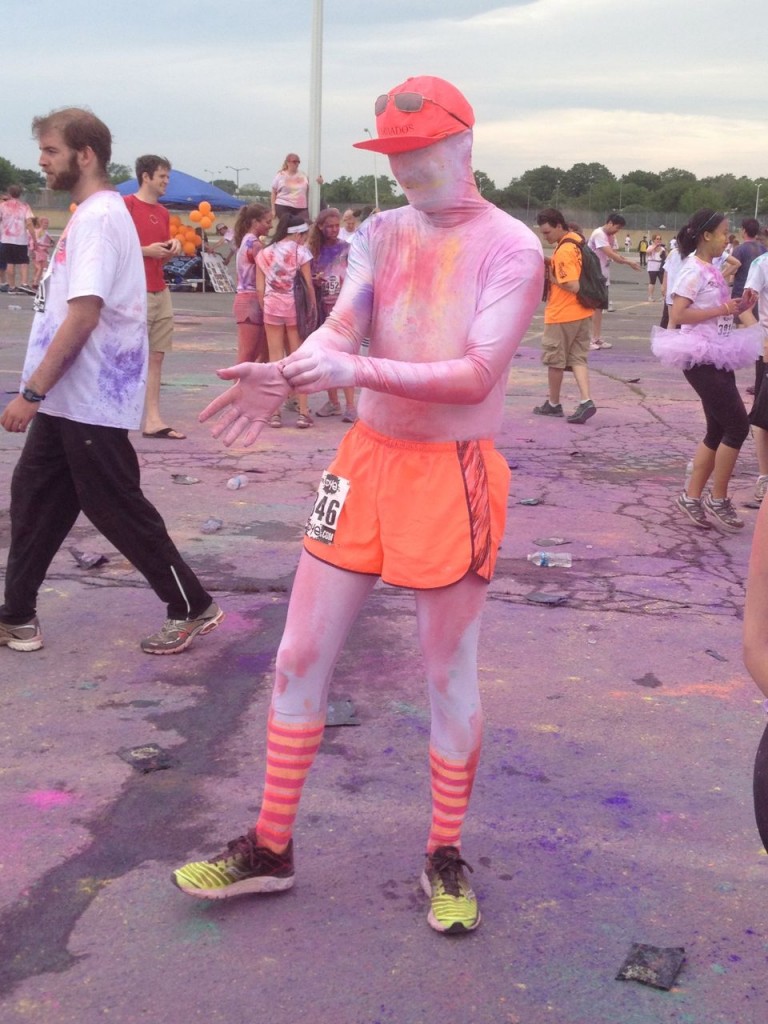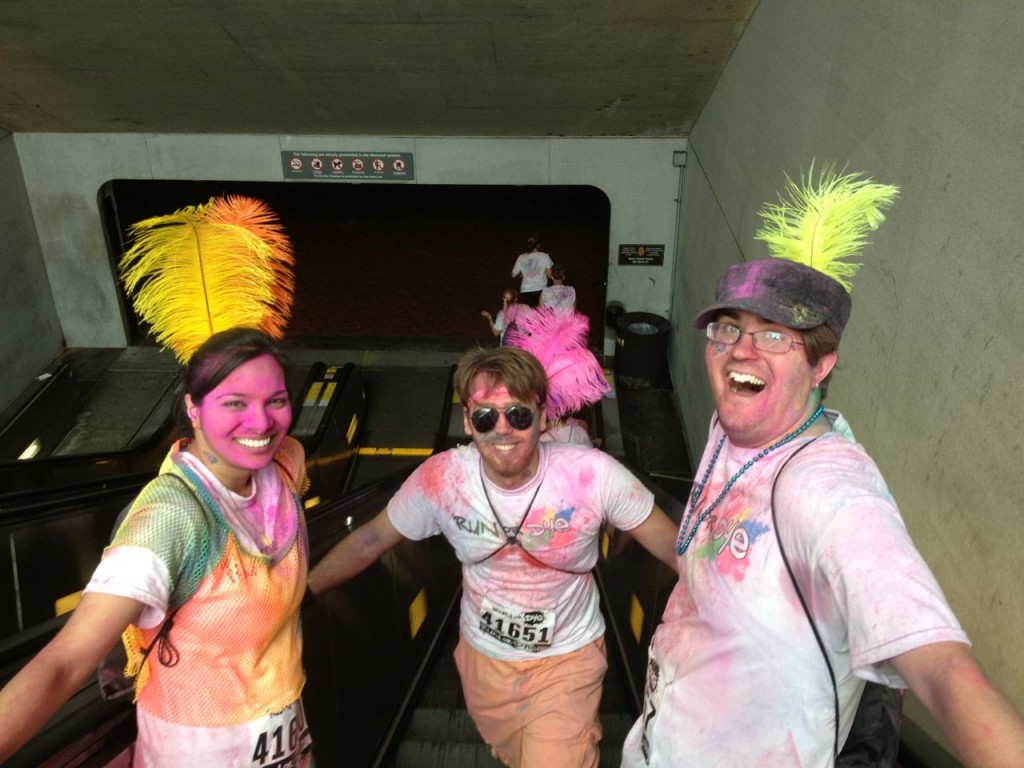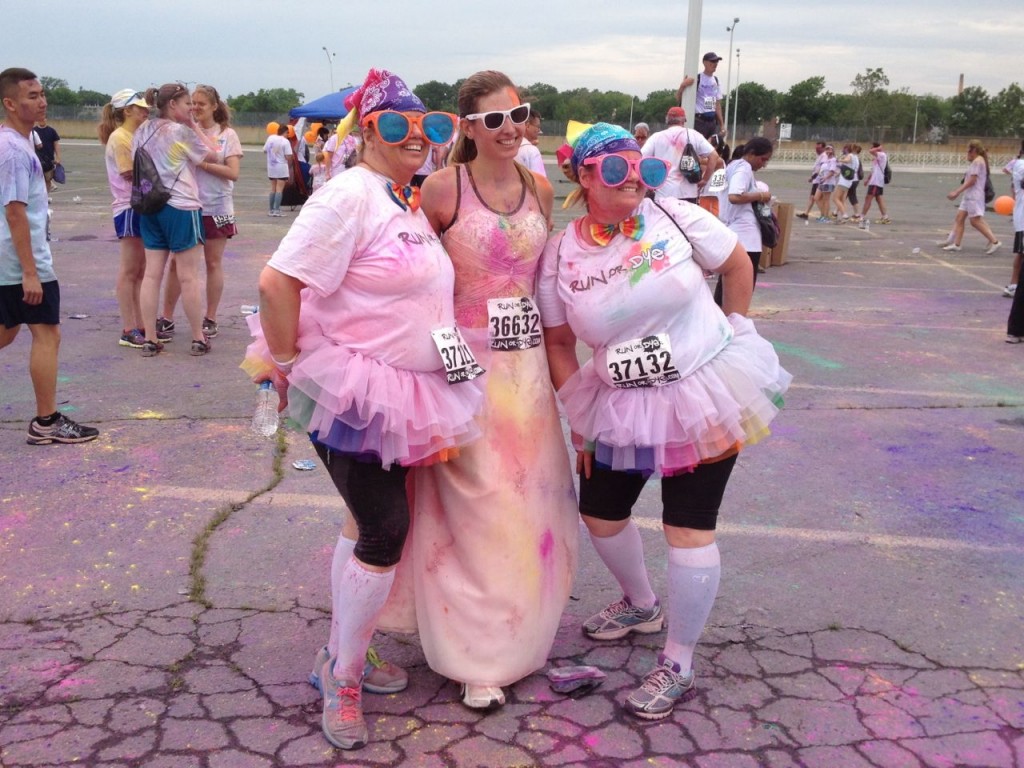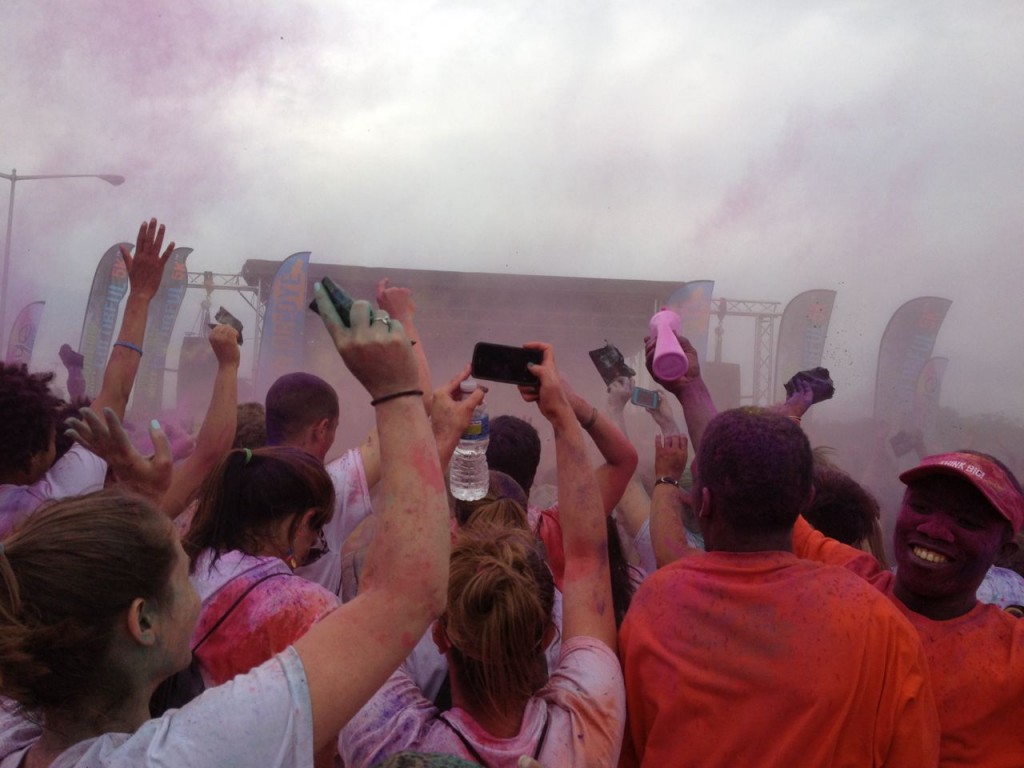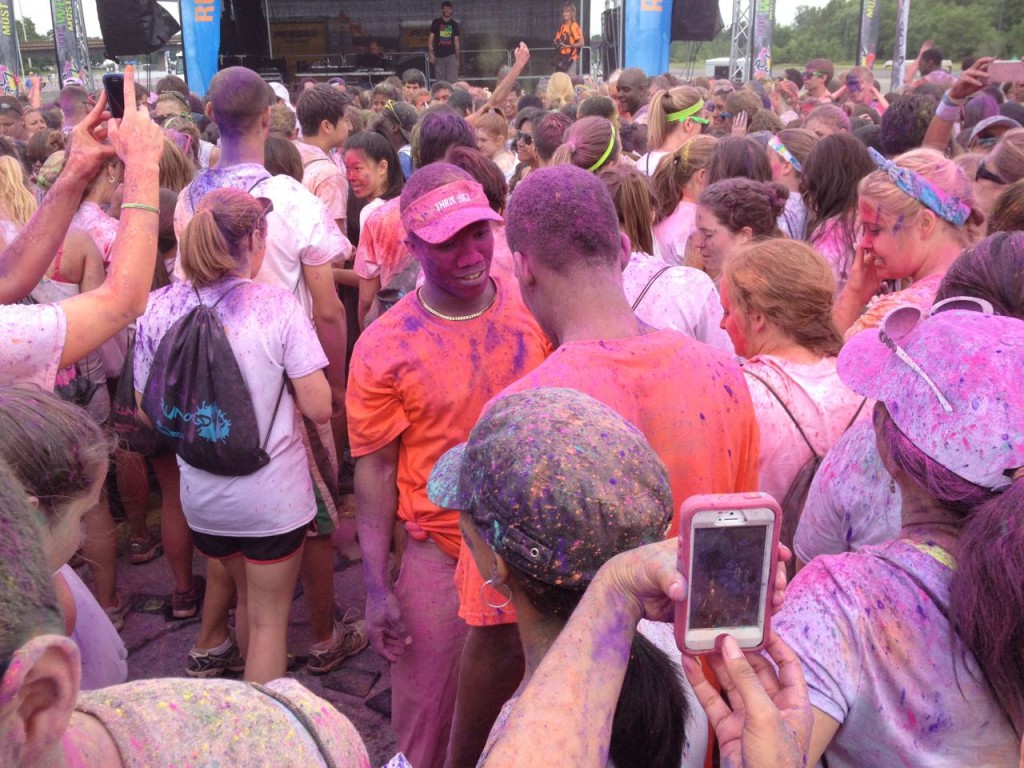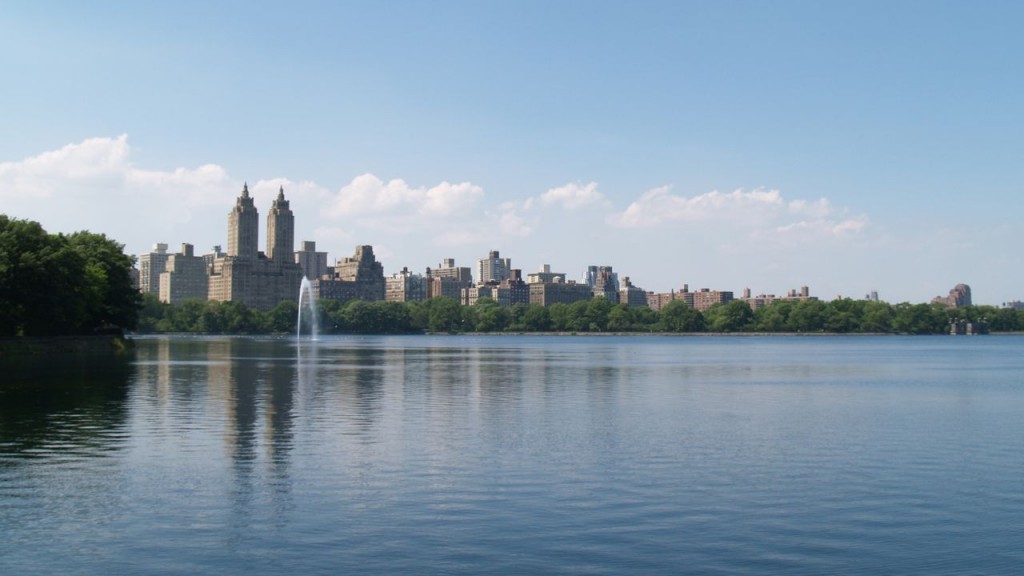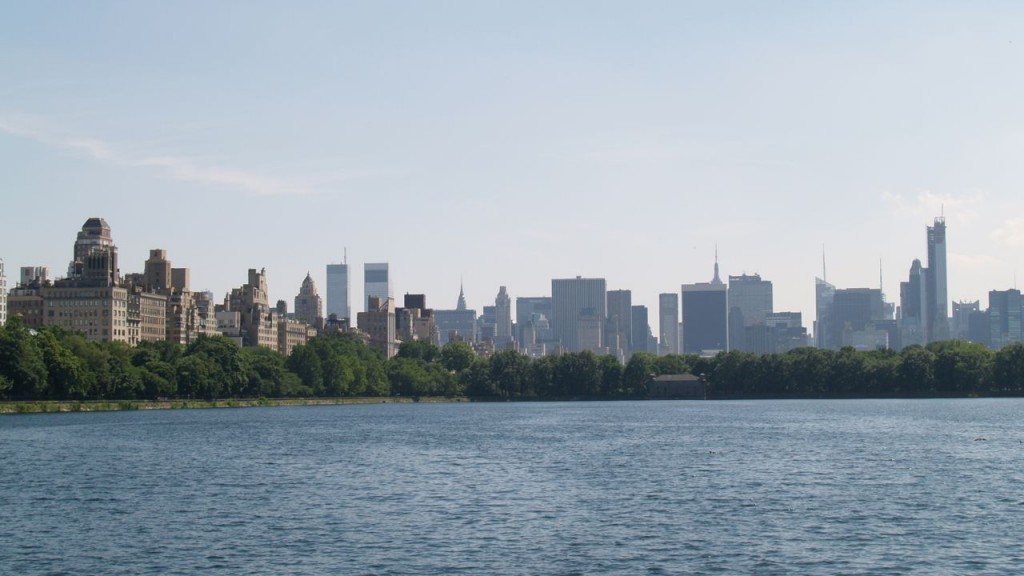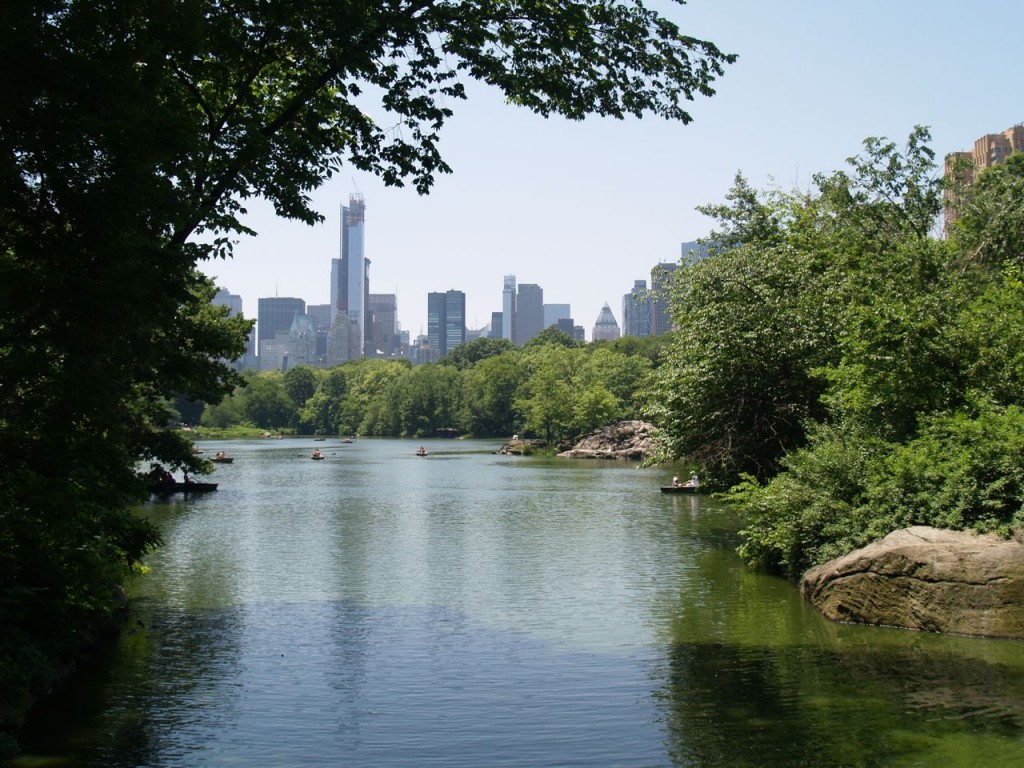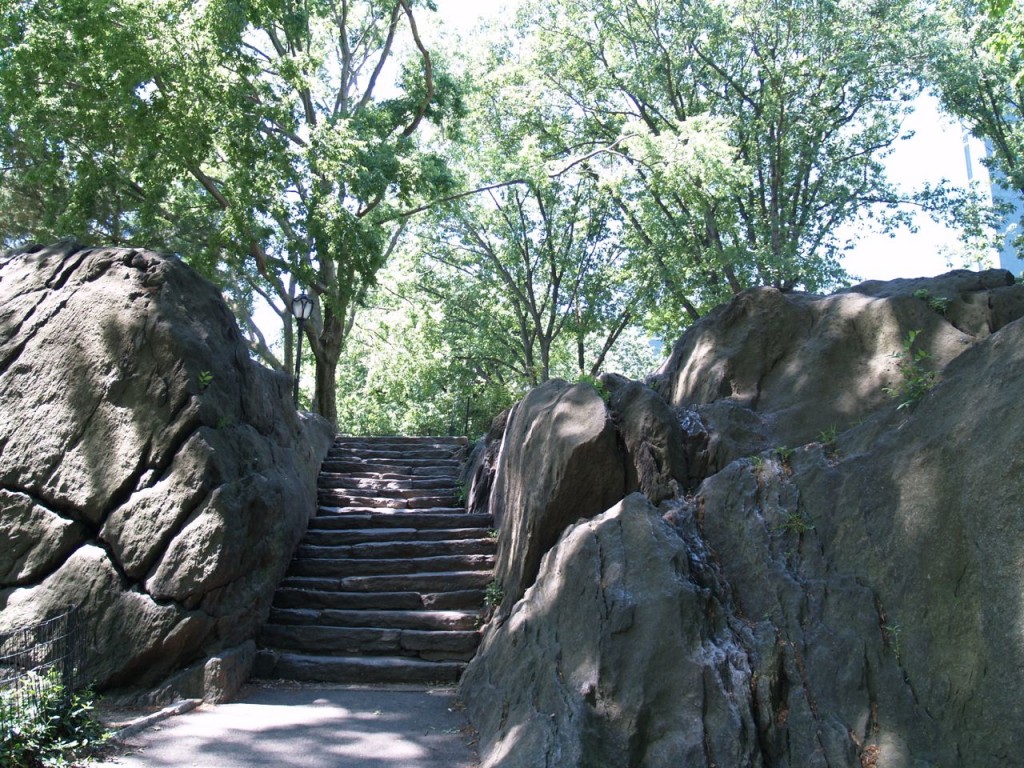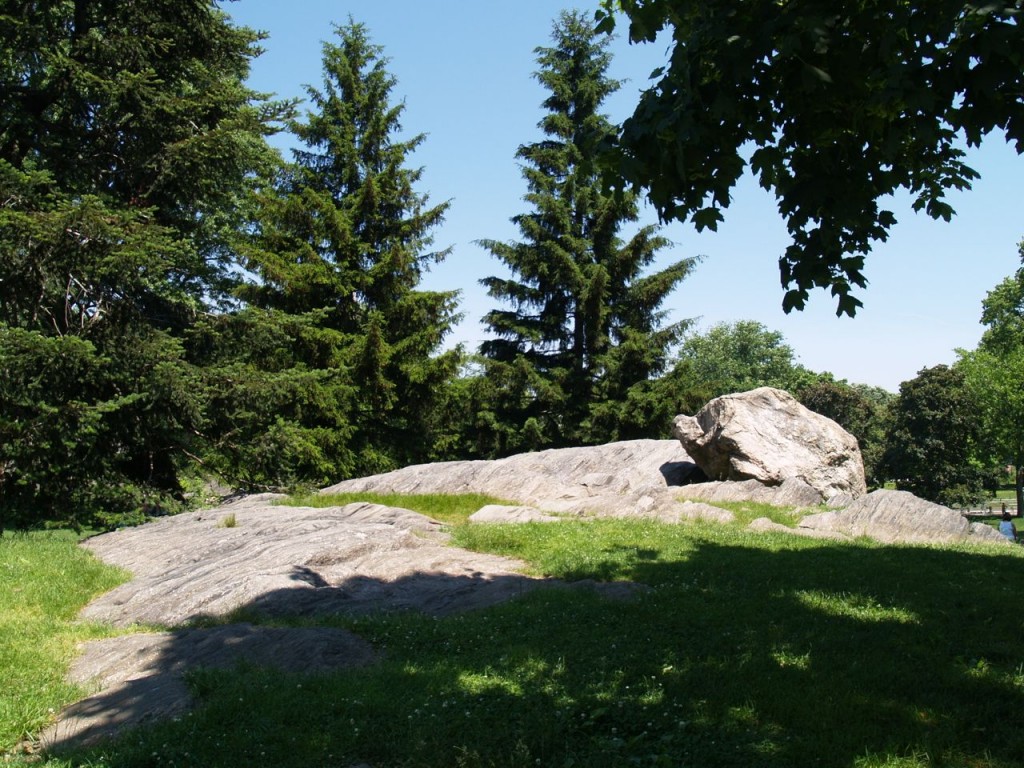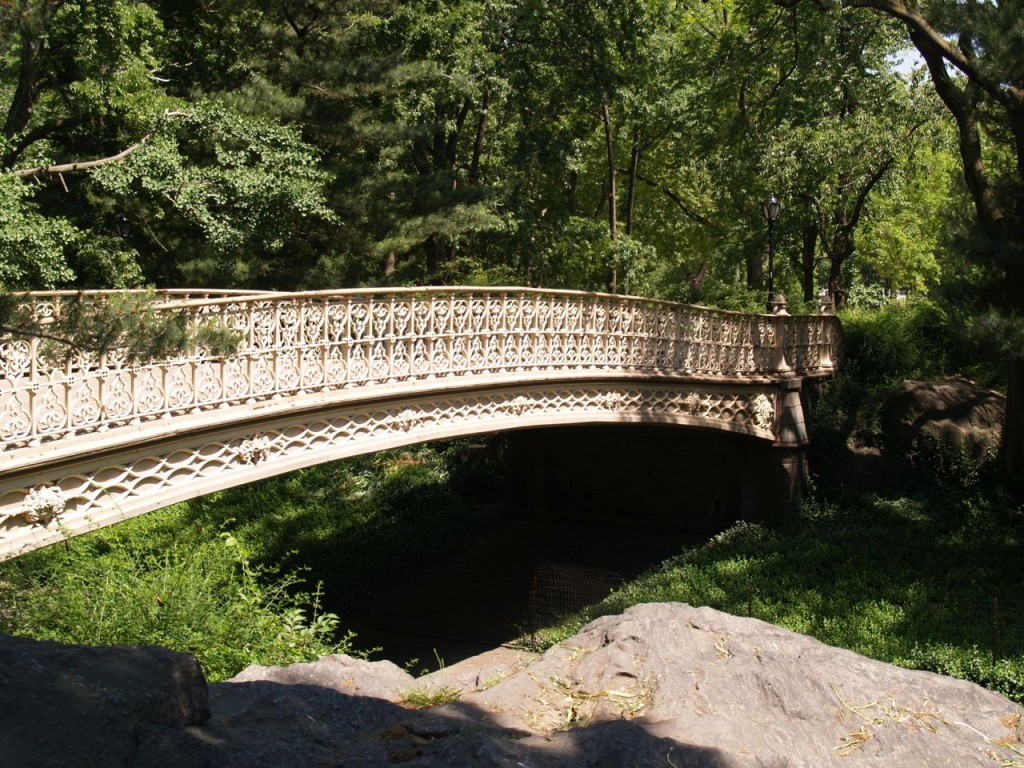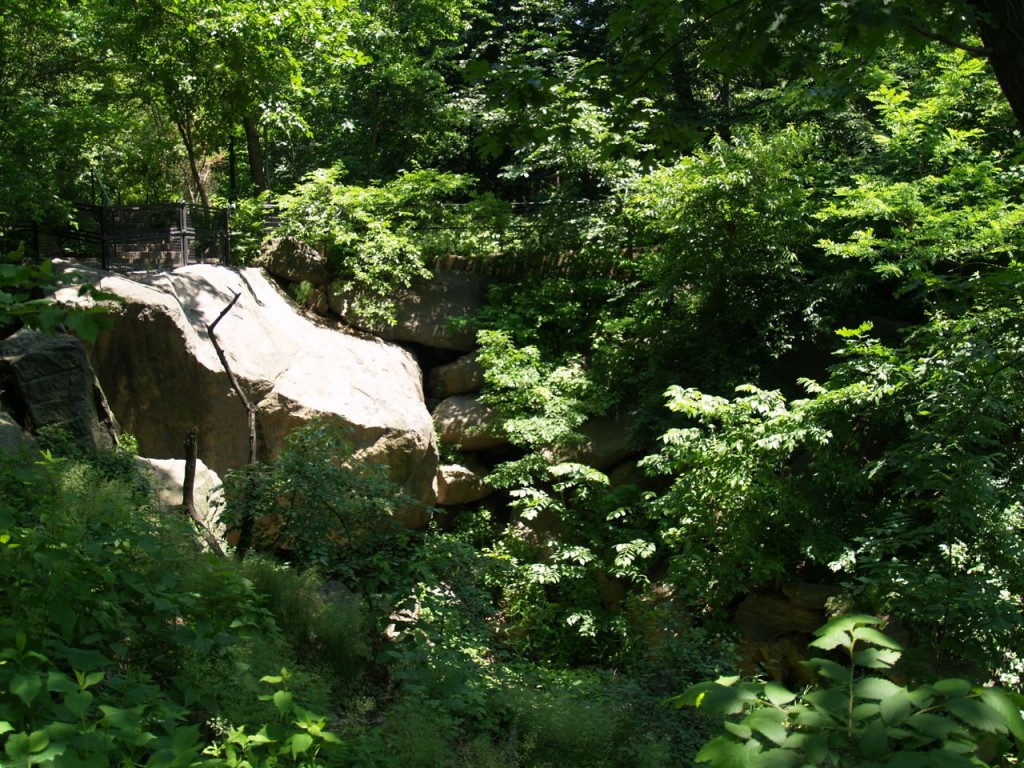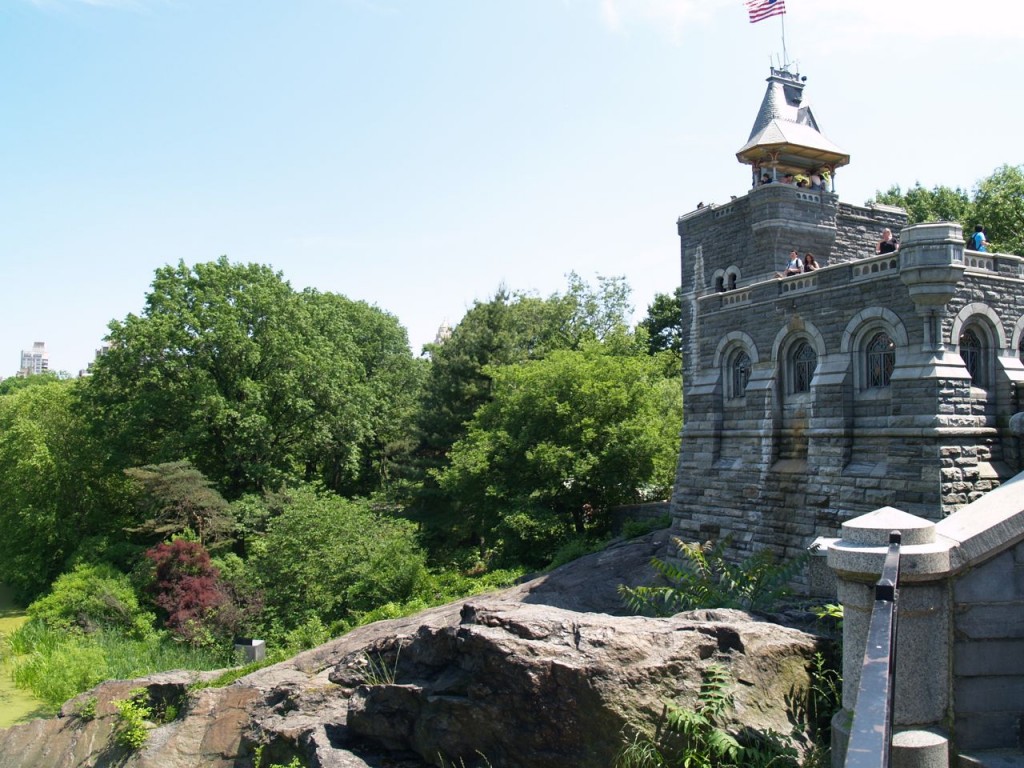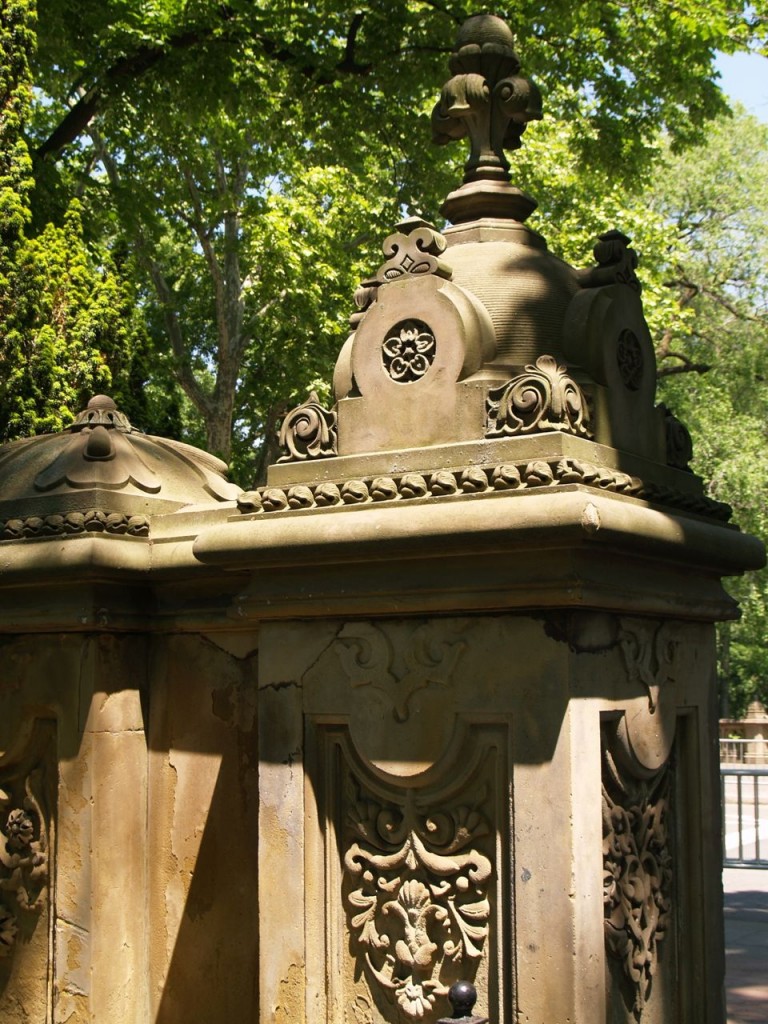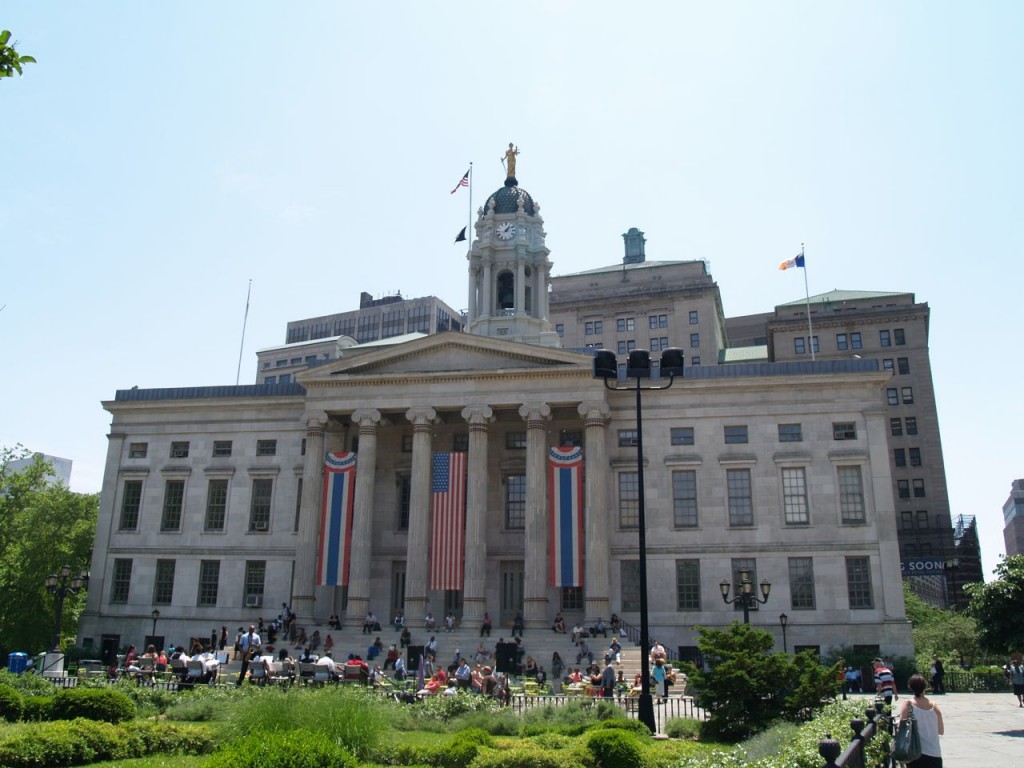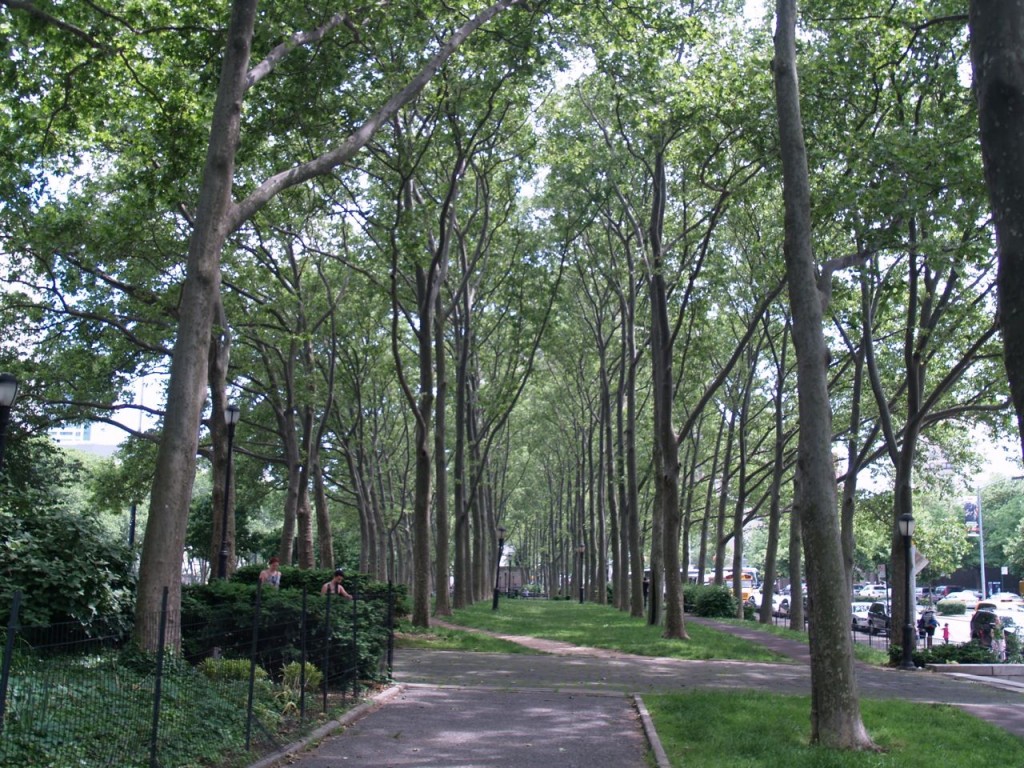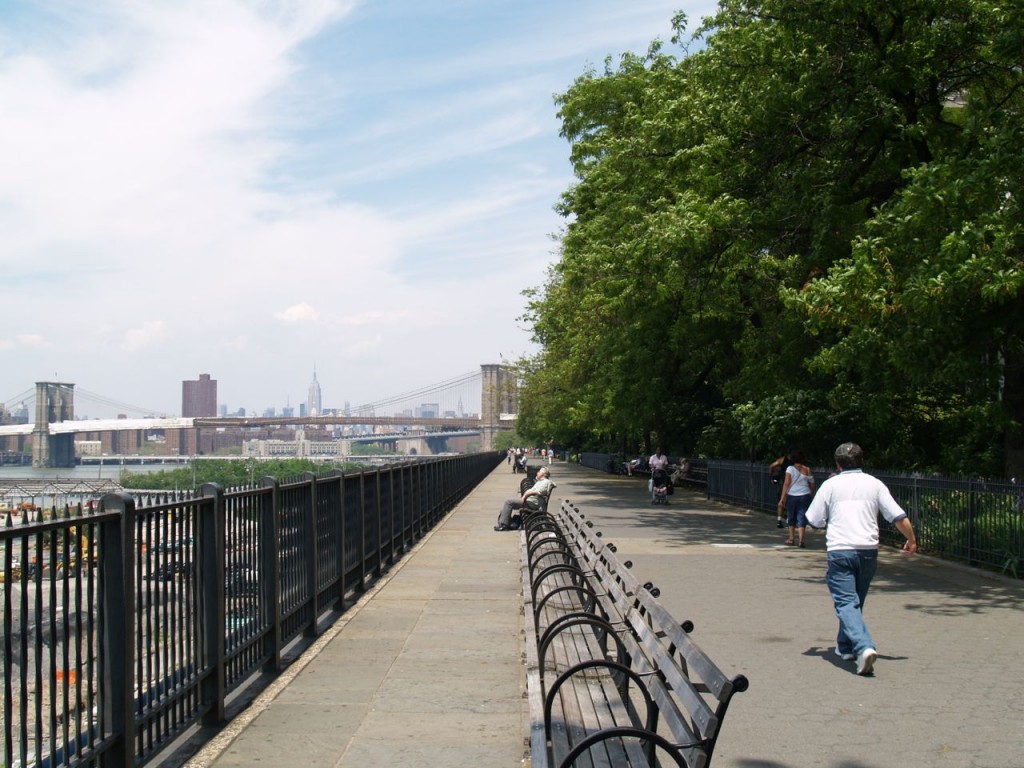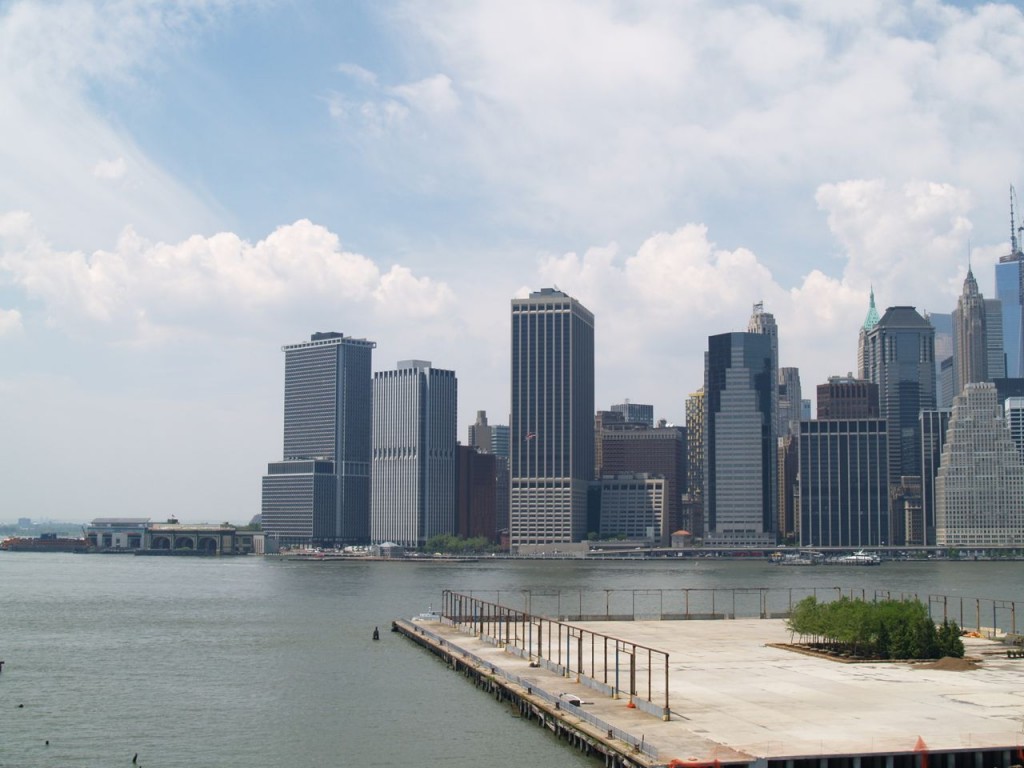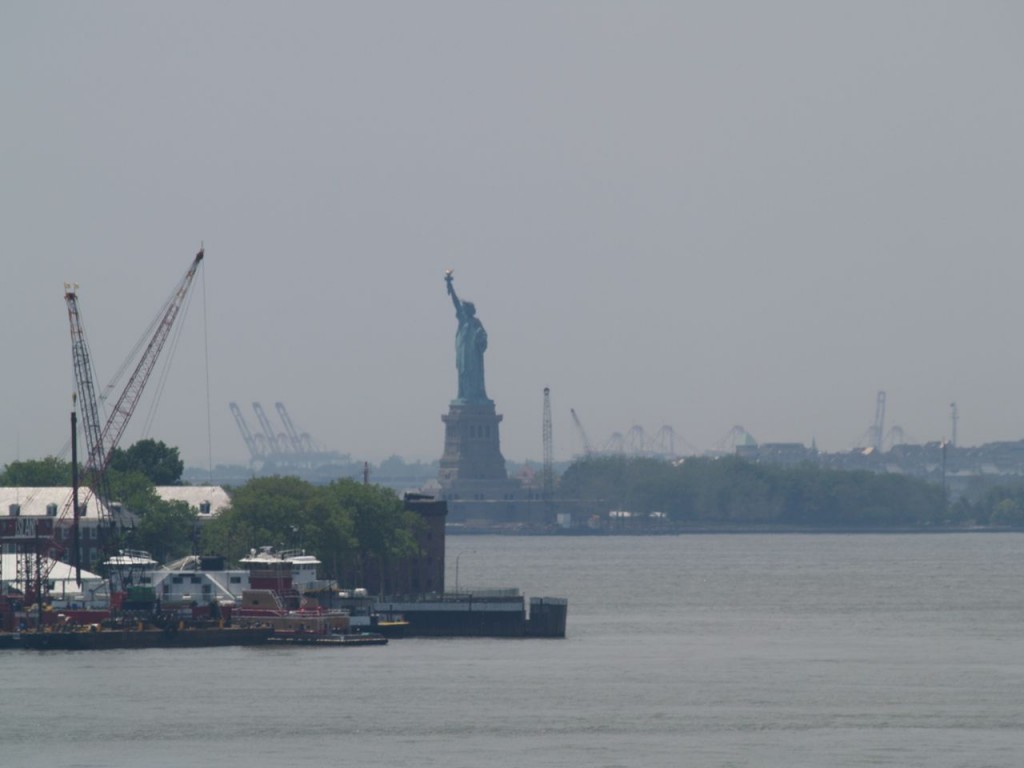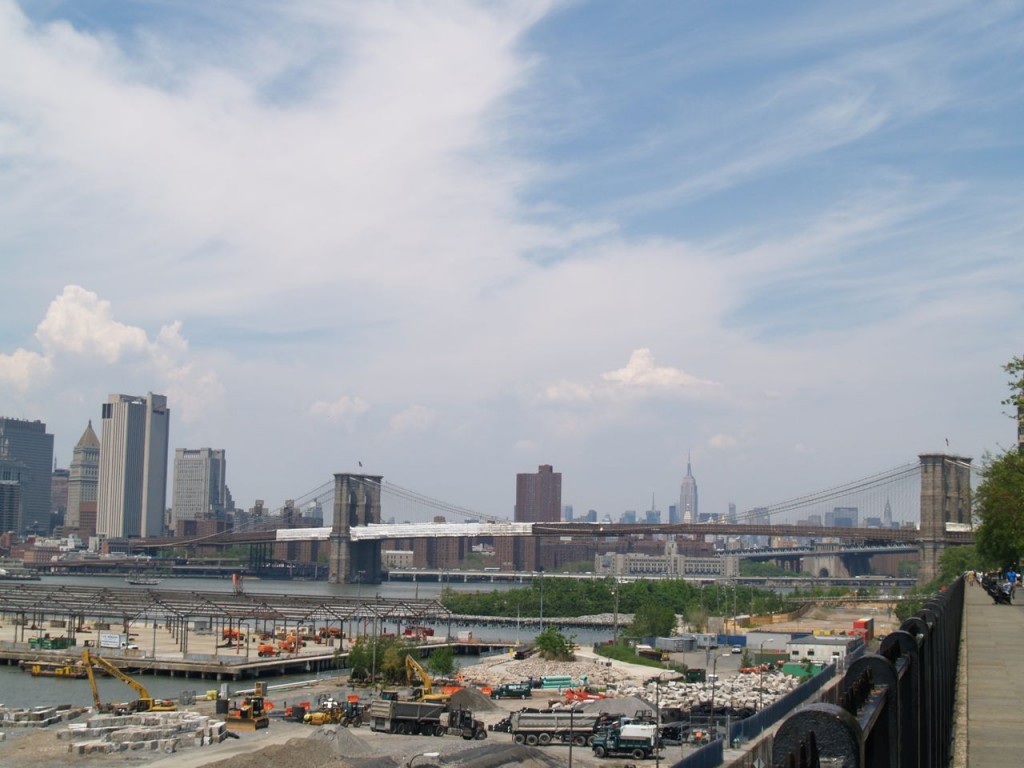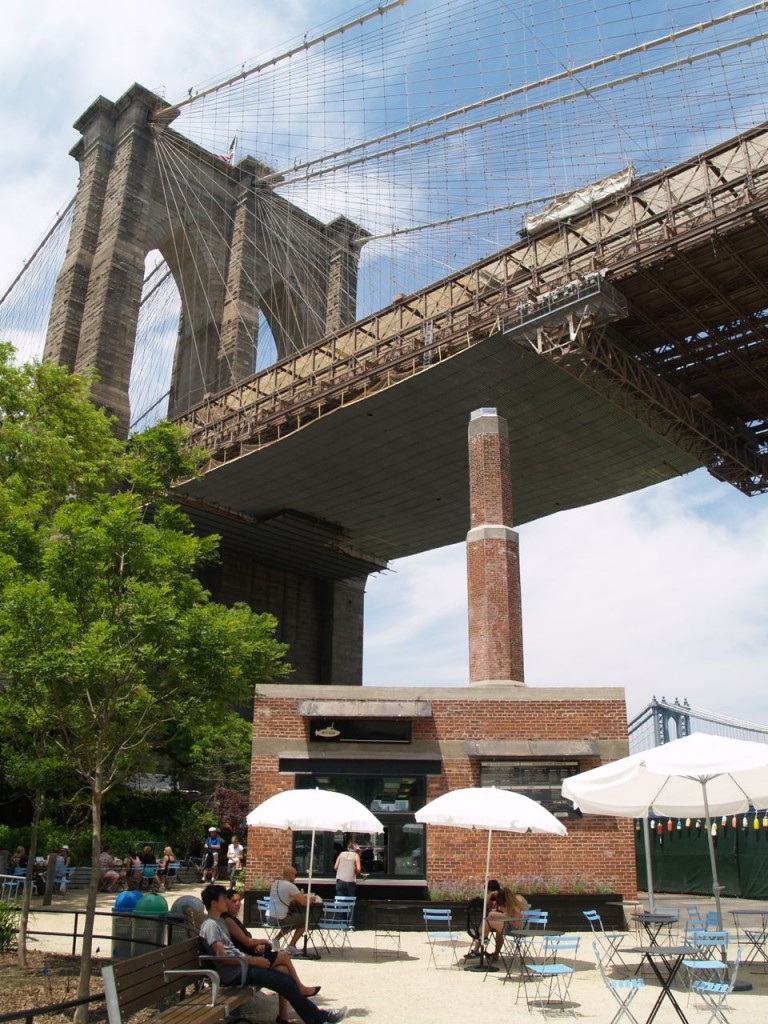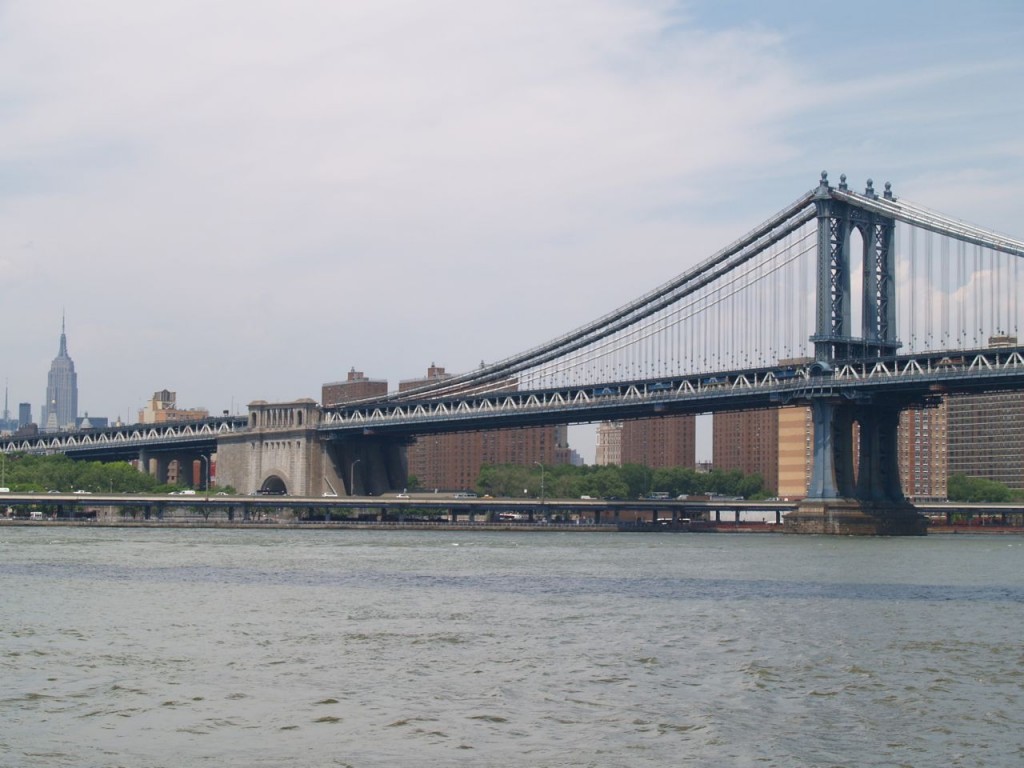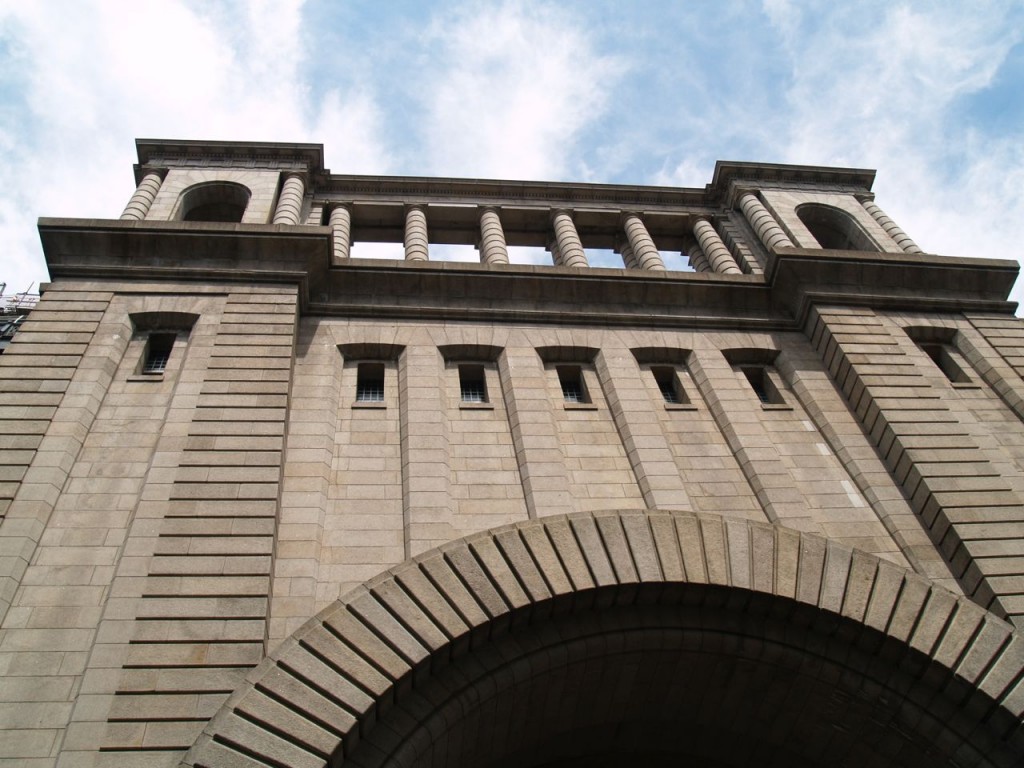I was asked to speak at The Washington Youth Summit on the Environment (WYSE) to a small group of the delegates about my career as environmental engineer/health scientist. The delegates are high school students. I’ve never done anything like this before, and I can’t remember the last time I’ve spoken to a group of high school students about anything. I was told to talk about my career and talk about specific projects on which I’ve worked. I prepared a few slides on the basics of risk assessment as that is the general field in which I work now and then quite a few slides on my dissertation and a few slides on the project I am currently working at work. I wasn’t sure what to expect. Would they be interested in this at all? Would my slides be interesting or too far over their heads? I took out what I thought were the more advanced and complicated slides and just focused on graphs and photos. I wanted to focus on the big picture.
Part of my problem with giving this presentation was, the more educated you become, the more you take for granted what other people know. At least, I have that problem. I have had so much math education including three semesters of calculus, differential equations, linear algebra, probability, statistics, and biostatistics, that I’m flabbergasted when I meet people who can’t do or understand basic algebra or understand what a square root is. Certainly, you can make an argument that this is a sign of the failure of the US education system, but people’s education level is what it is. If you want to explain something to someone, than you have to be able to explain it to them on their level. These are high school students, and I can’t expect them to know information that is not taught until college or after. Thus, I have a group of high school students that I need to talk to about the work that I do and the work I did to earn my Ph.D. I am not entirely sure how to do this. I don’t quite frankly remember what I knew in high school. I have no idea what these students know. I don’t want to bore and confuse them by talking at so high a level that they can’t understand me, but I don’t want to insult them by explaining things they already know.
I am really not sure how I did. The one thing I am fairly sure about is that I babbled and rambled a few times. I am really not the best speaker. I am not a bad speaker, but I do much better if I have a set text that I am reading or very specific things with high points written on slides. I didn’t do that for this talk because I wanted to be able to change what I was saying once I got there and started getting questions. They did ask me questions. They asked me great questions in fact. However those questions made me realize just how much I know and forget that other people don’t know. That is in no way meant to be an insult to these students. I was really impressed with them. Like I said, they asked great questions. Also, they were very polite and politely listened even when I am sure I started to ramble. I really appreciated their attentiveness, and I loved their questions.
For example, one of the first questions I got was on one of my first slides, which had the word epidemiology on it. I was asked “what is epidemiology?” This is probably where it hit me that I had no idea what they knew. It didn’t really dawn on me that some (or all) would not know what that word meant and what that science field is. Again, that is not an insult to them. If anything, I was annoyed with myself for not considering when I learned that word. I am glad I was asked the question. It gave me a chance to tell them about John Snow and the London cholera epidemic. I am fairly sure all epidemiology courses are legally required to start with a discussion on John Snow and the London cholera epidemic, so I had fun telling them about it.
I can’t remember all the questions I got, but I got quite a few. I loved this because that meant the person asking the question was listening and engaged. When I describing issues related to soil and groundwater contamination, I got a very simple question as to how these chemicals get into the soil and groundwater. I LOVED this question. I can’t describe all the reasons why I loved this question, but one is because I am an engineer, and I get frustrated when people think we build things and then no maintenance is ever needed. Bridges in the US keep falling down, and the American Society of Civil Engineers gives our infrastructure a D+ grade. One of the reasons is lack of maintenance. I got to explain to the students about maintenance and inspections and things simply not being designed or built to last forever. I also explained how decades ago, people used to just dump chemicals in the ground or water and never think of the consequences.
I also got some questions of how to find out more information on different topics and things I discussed. They wanted to know more. As I always want to know more, how could I not like these students? I hope some of them already have or are now on the internet reading more about the topics I only lightly discussed. Maybe one day I will meet them again professionally.



